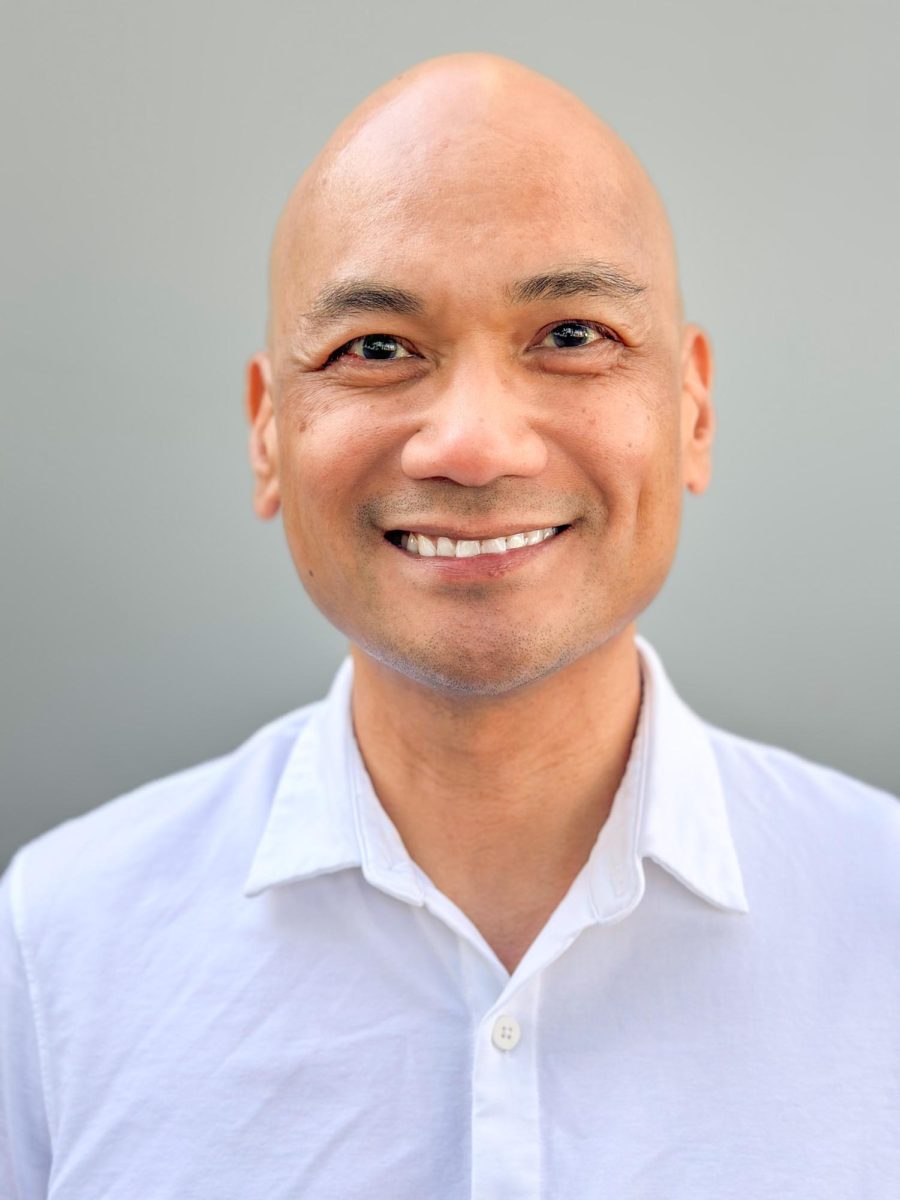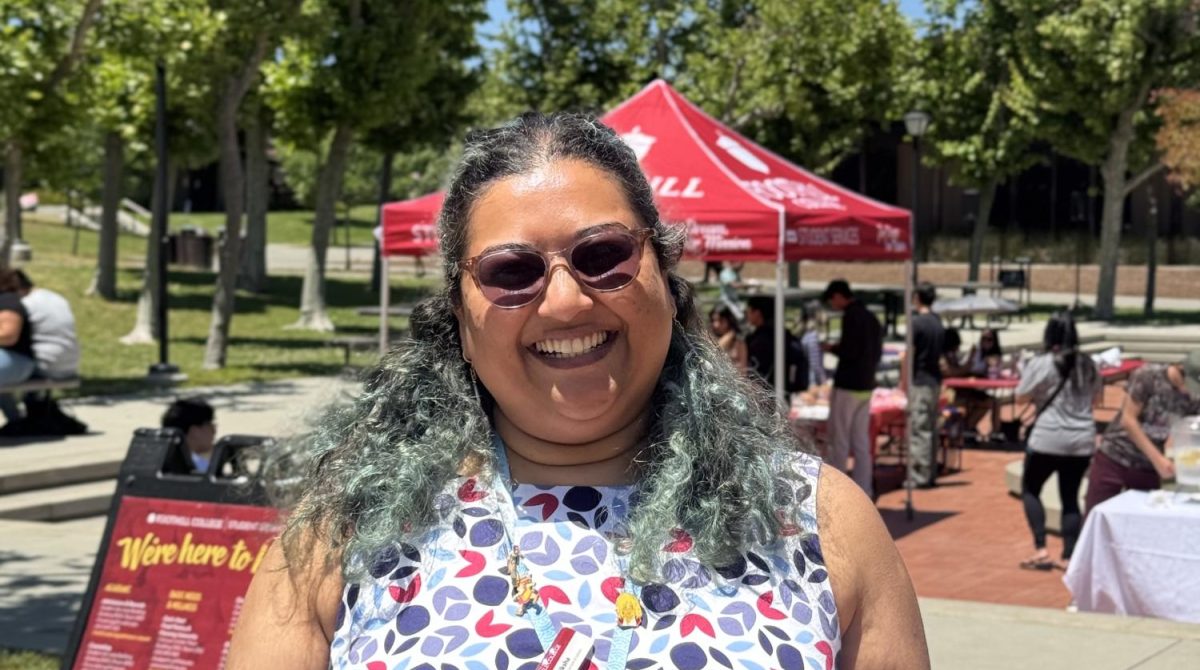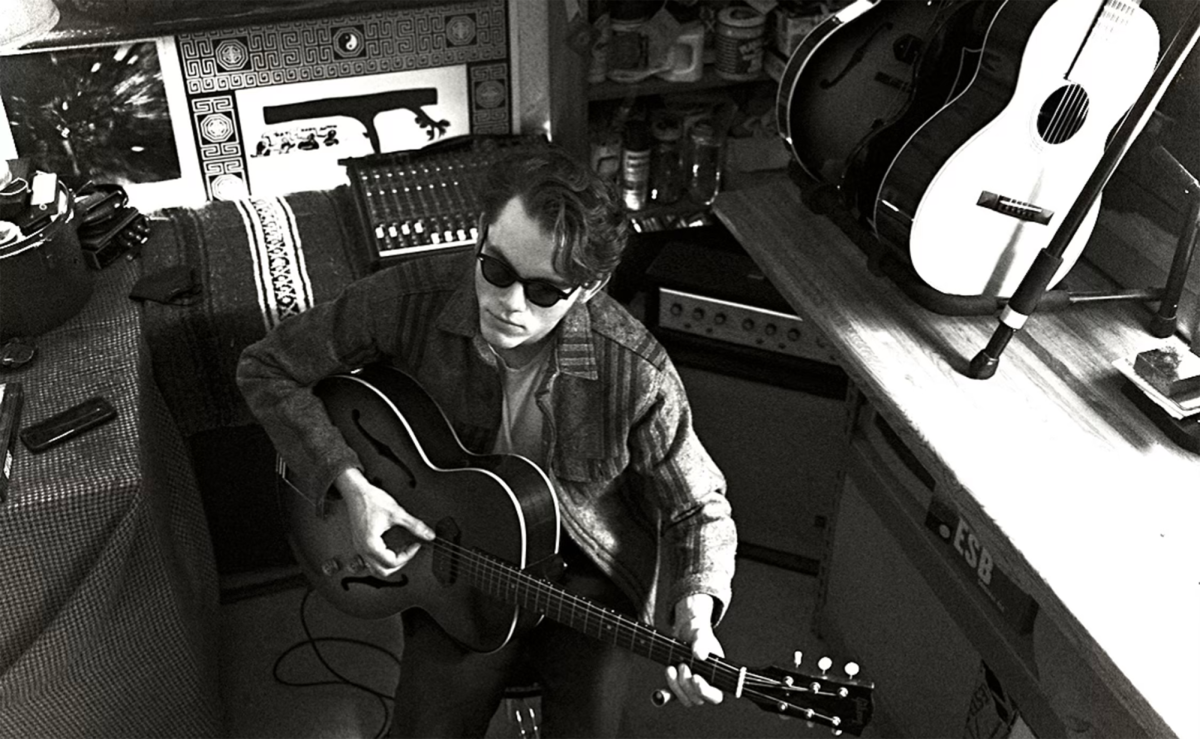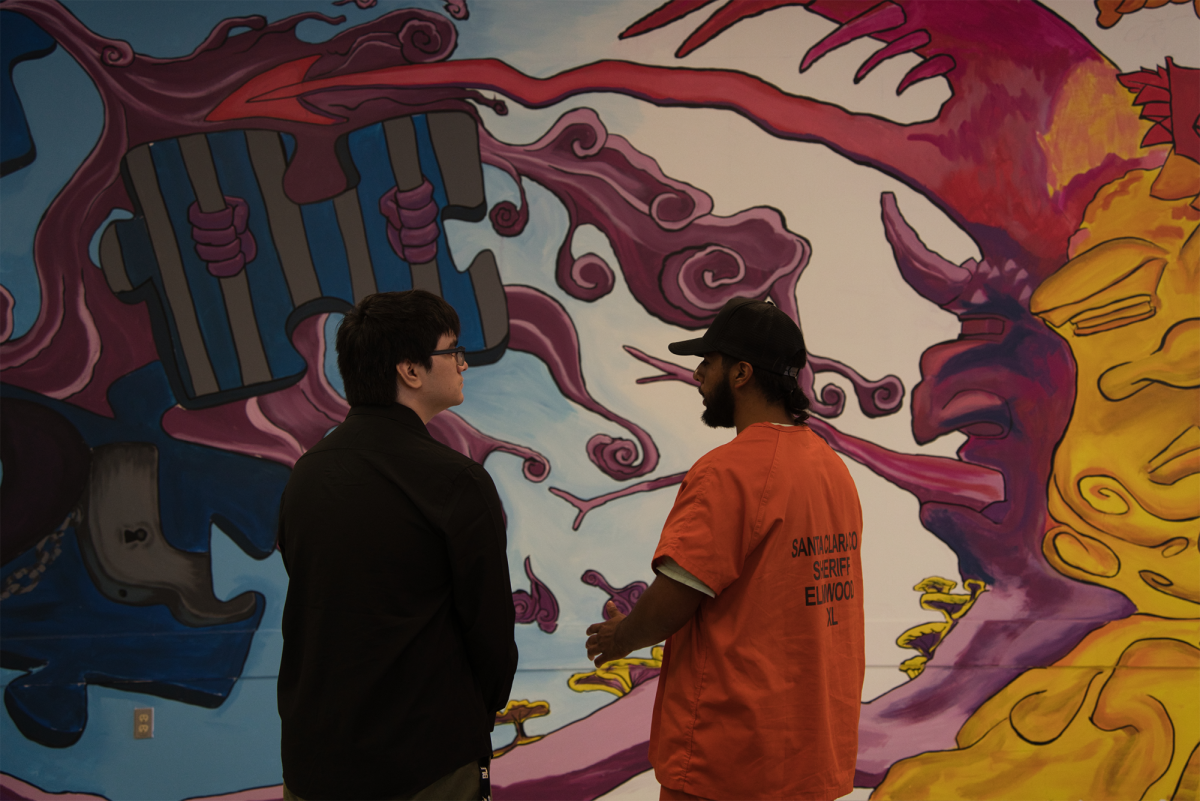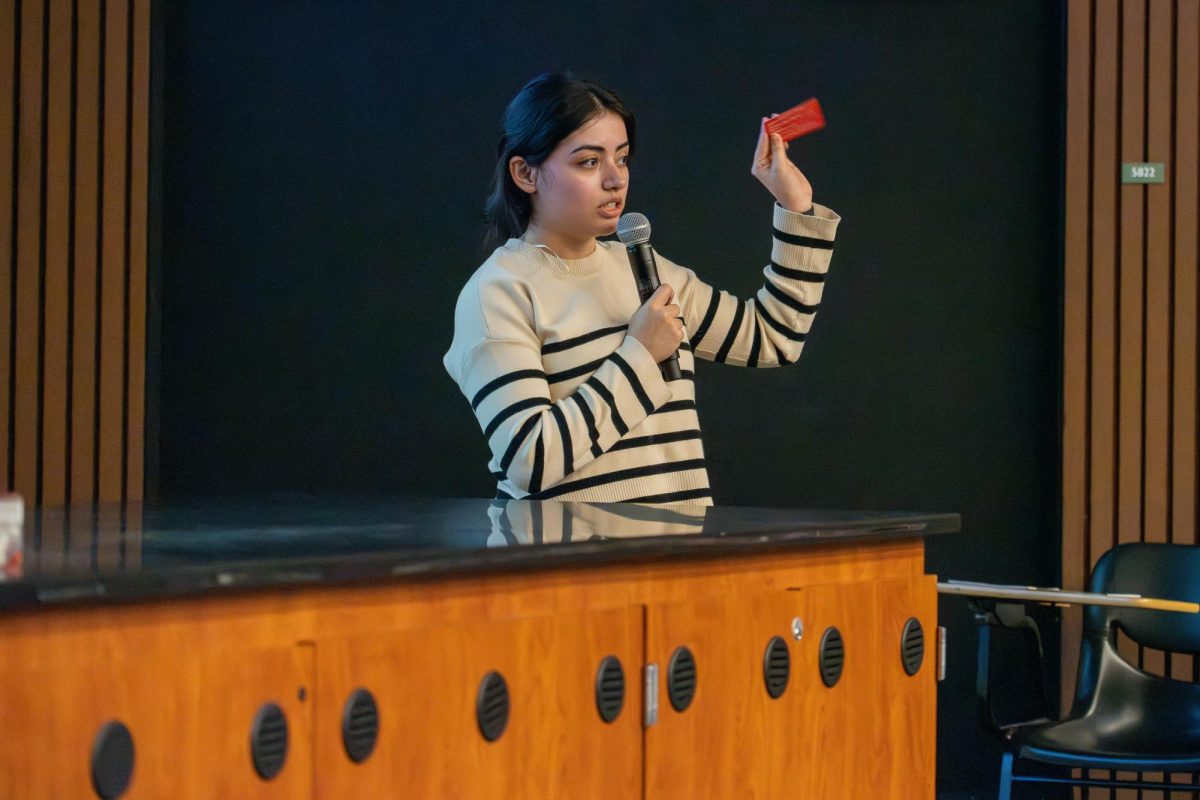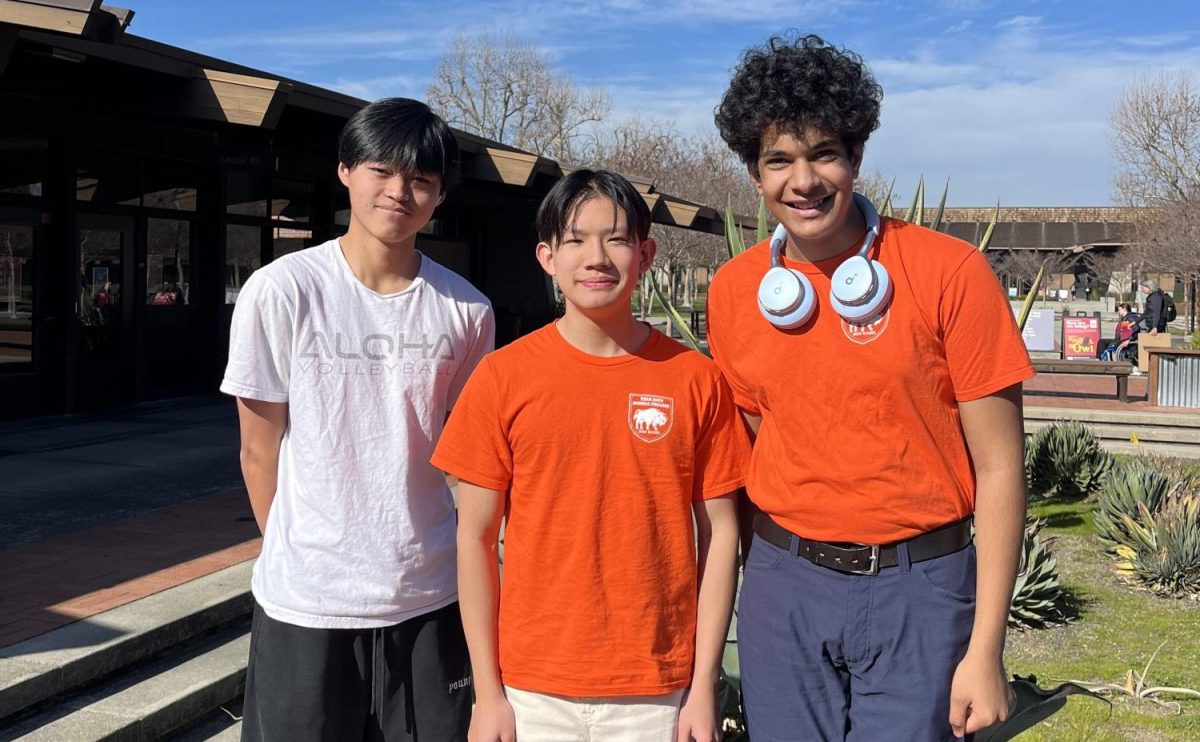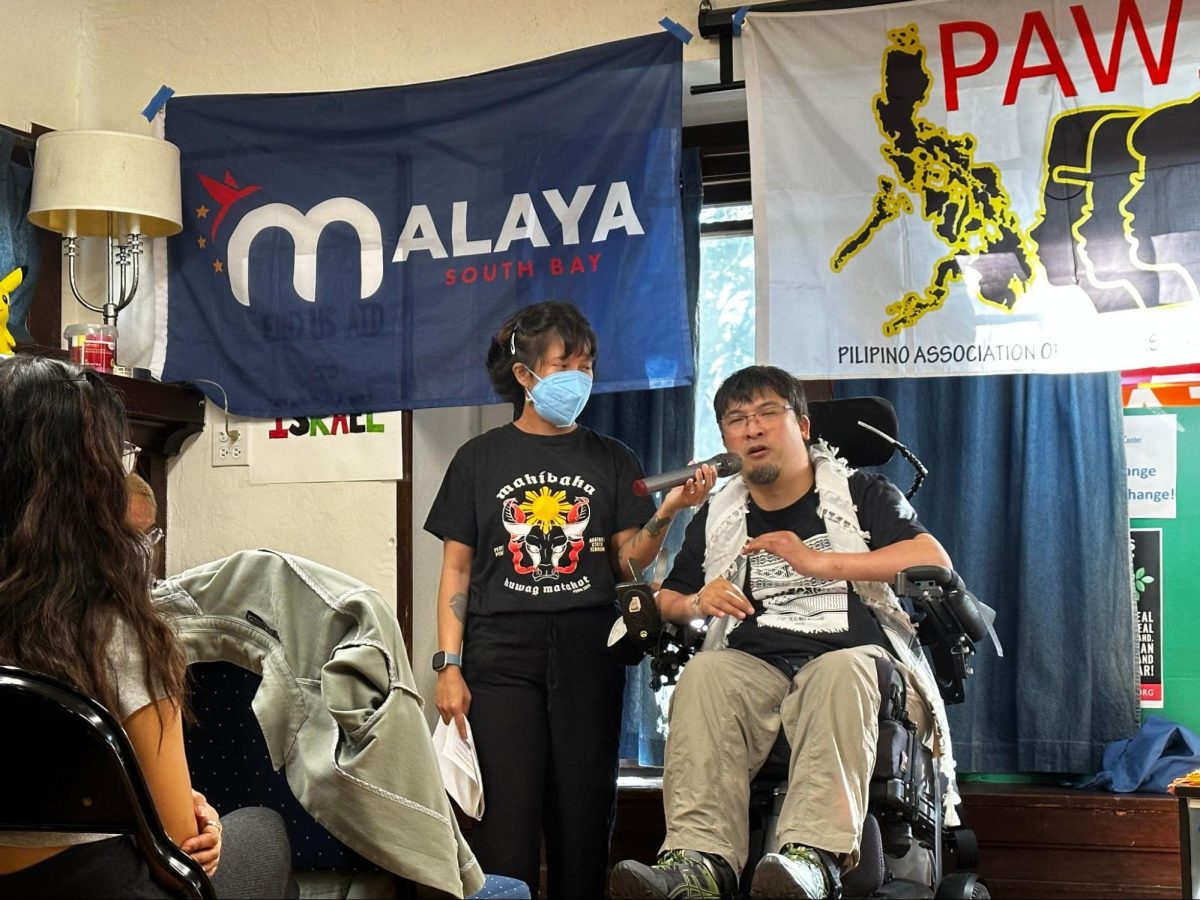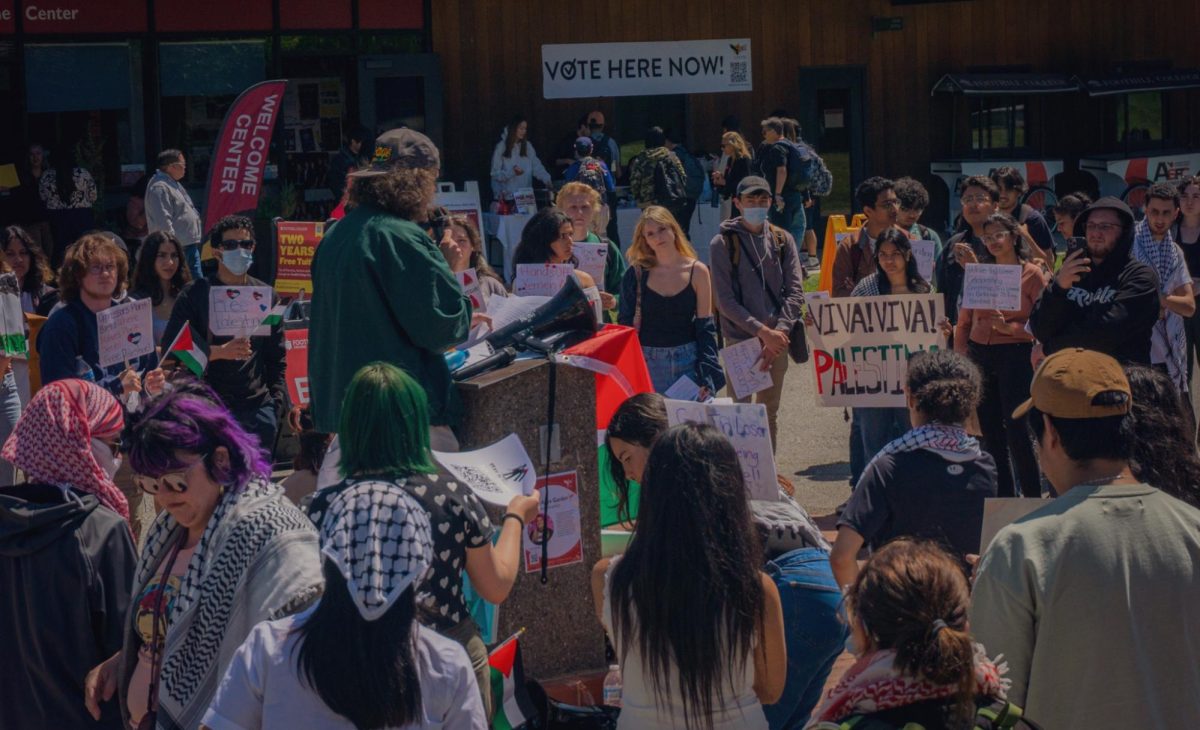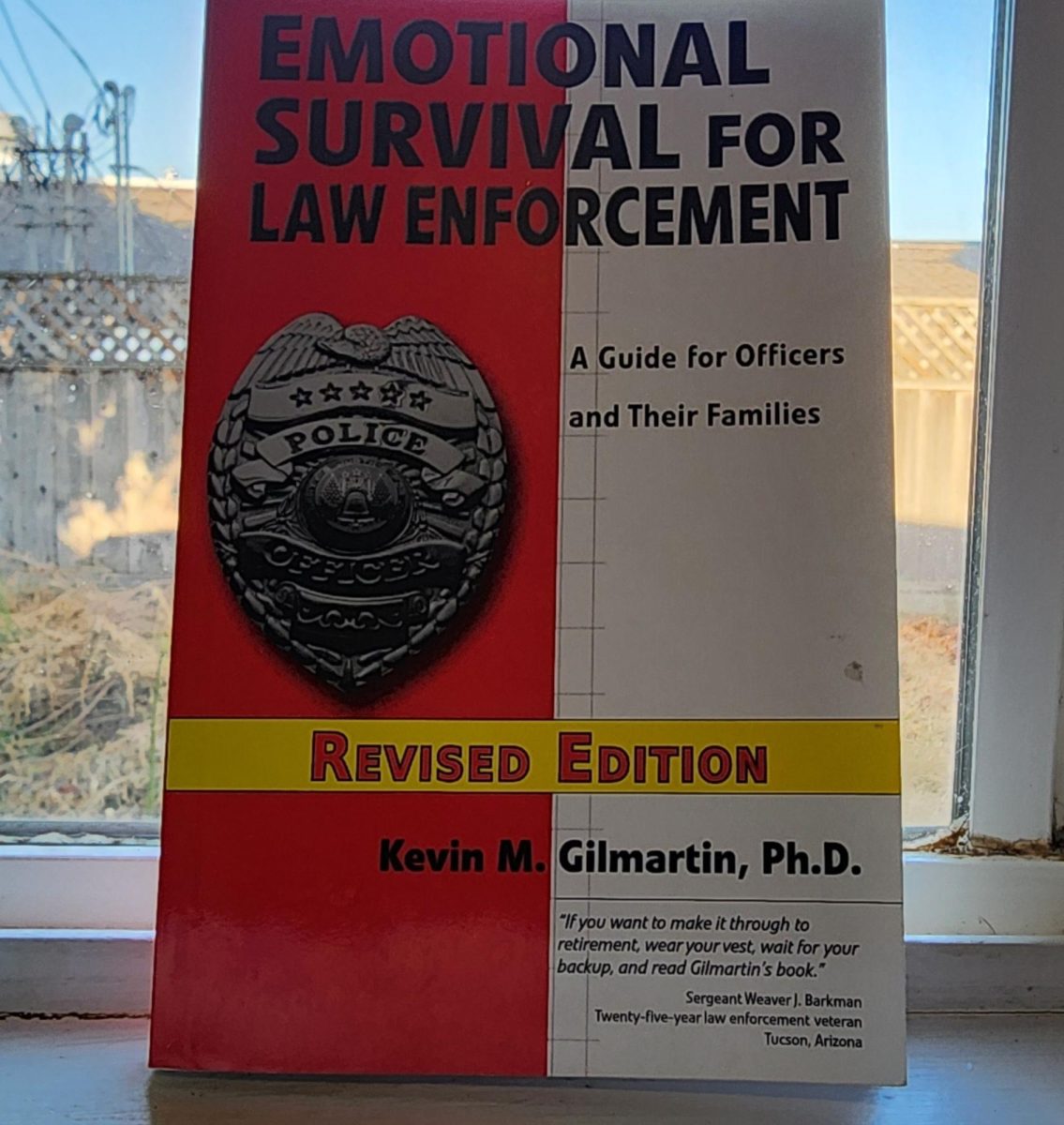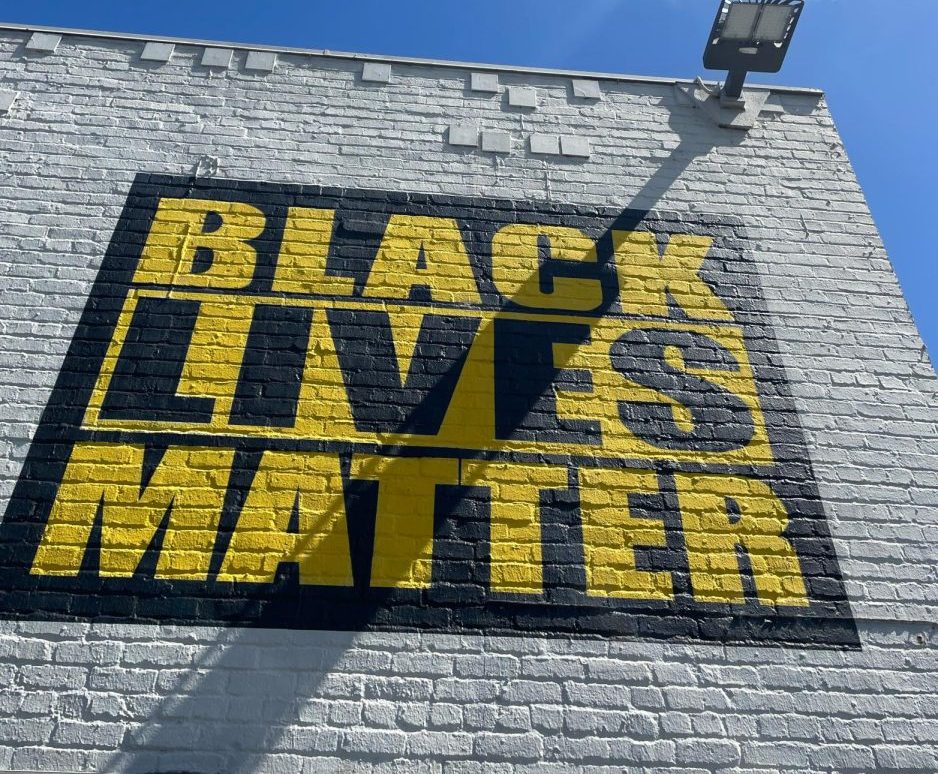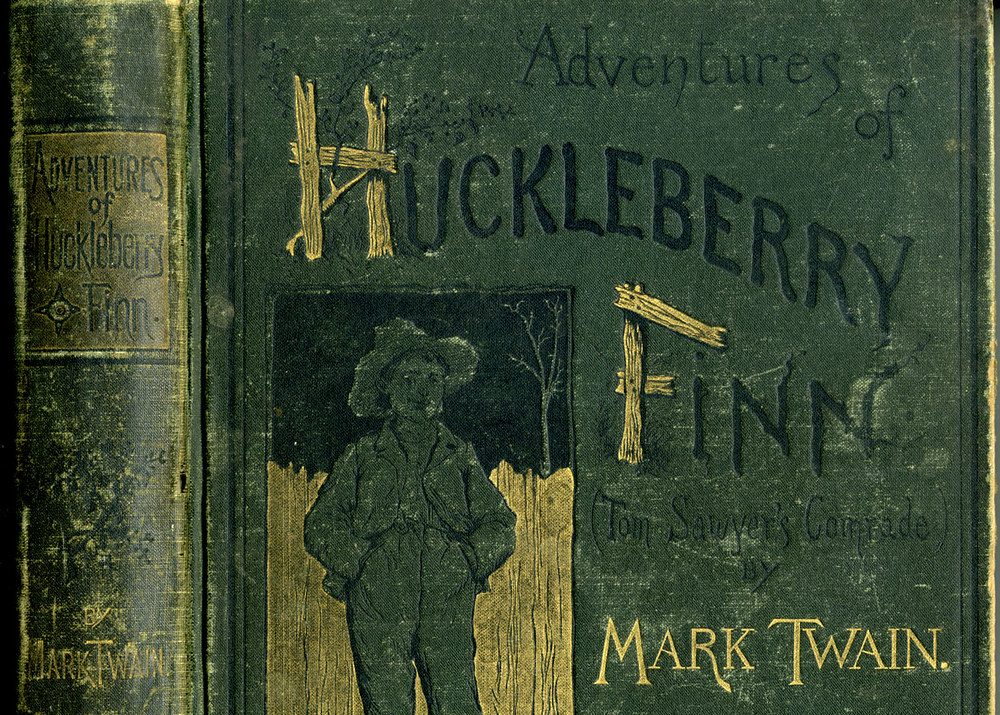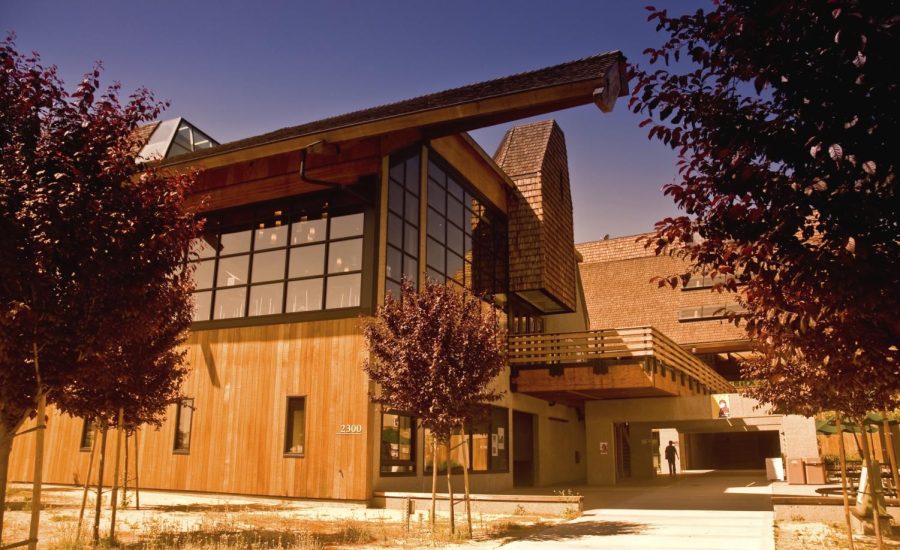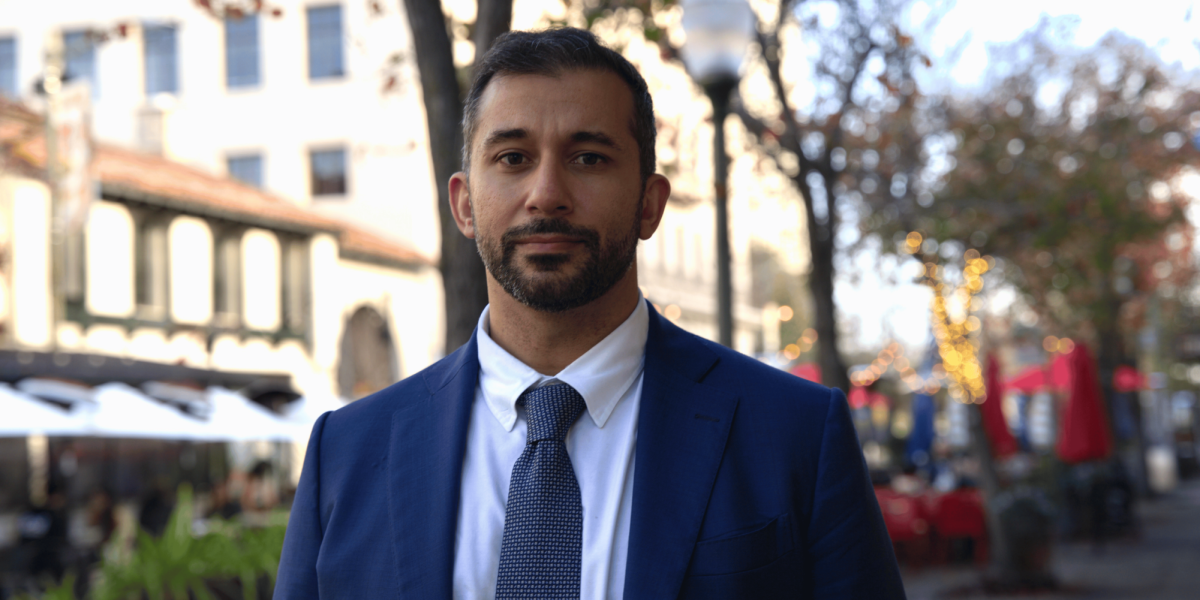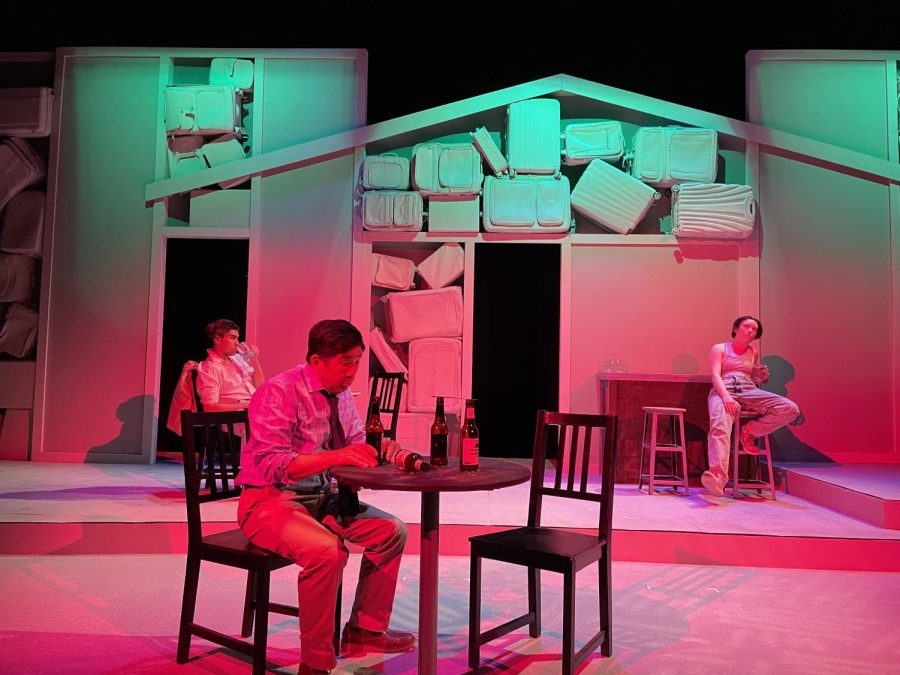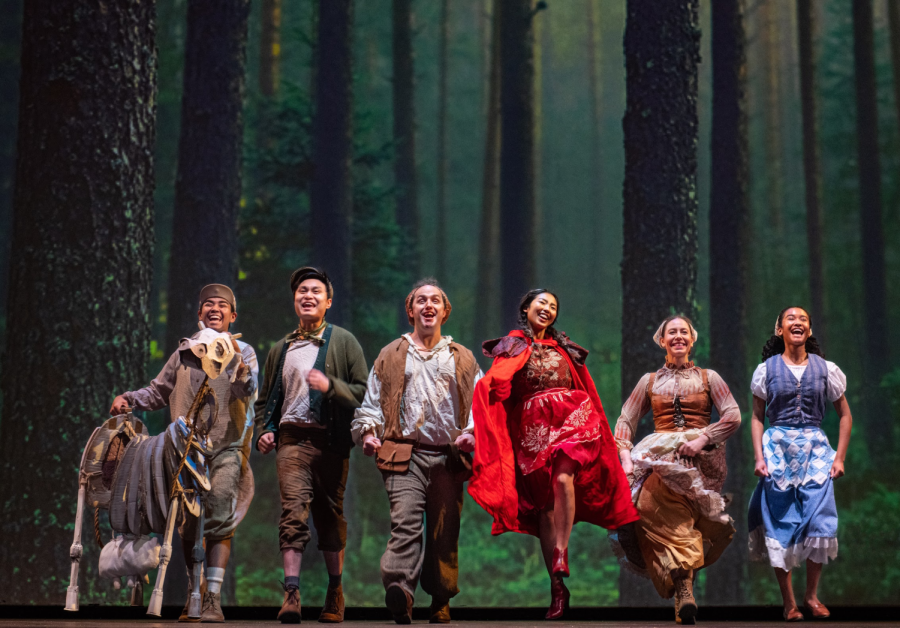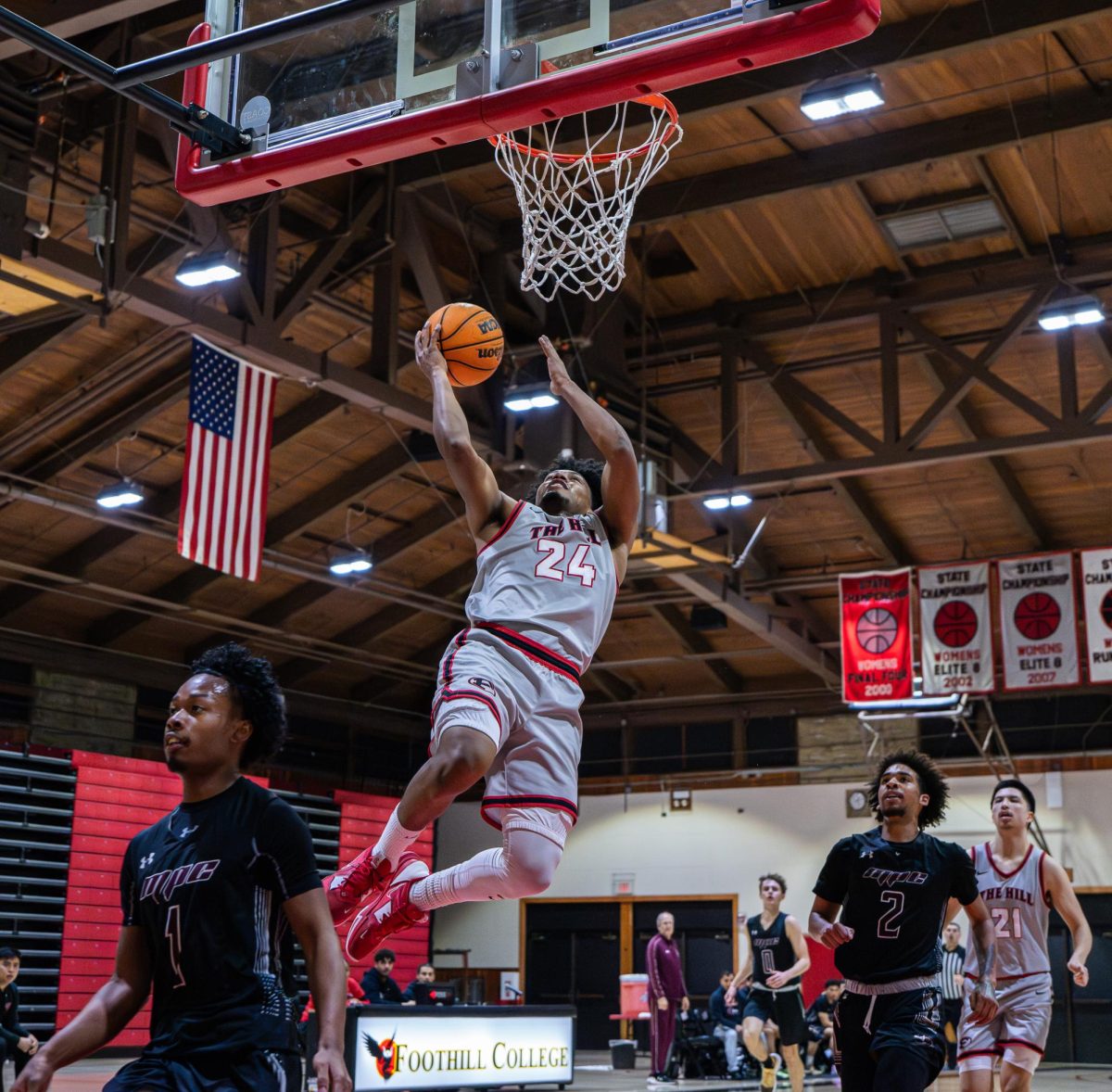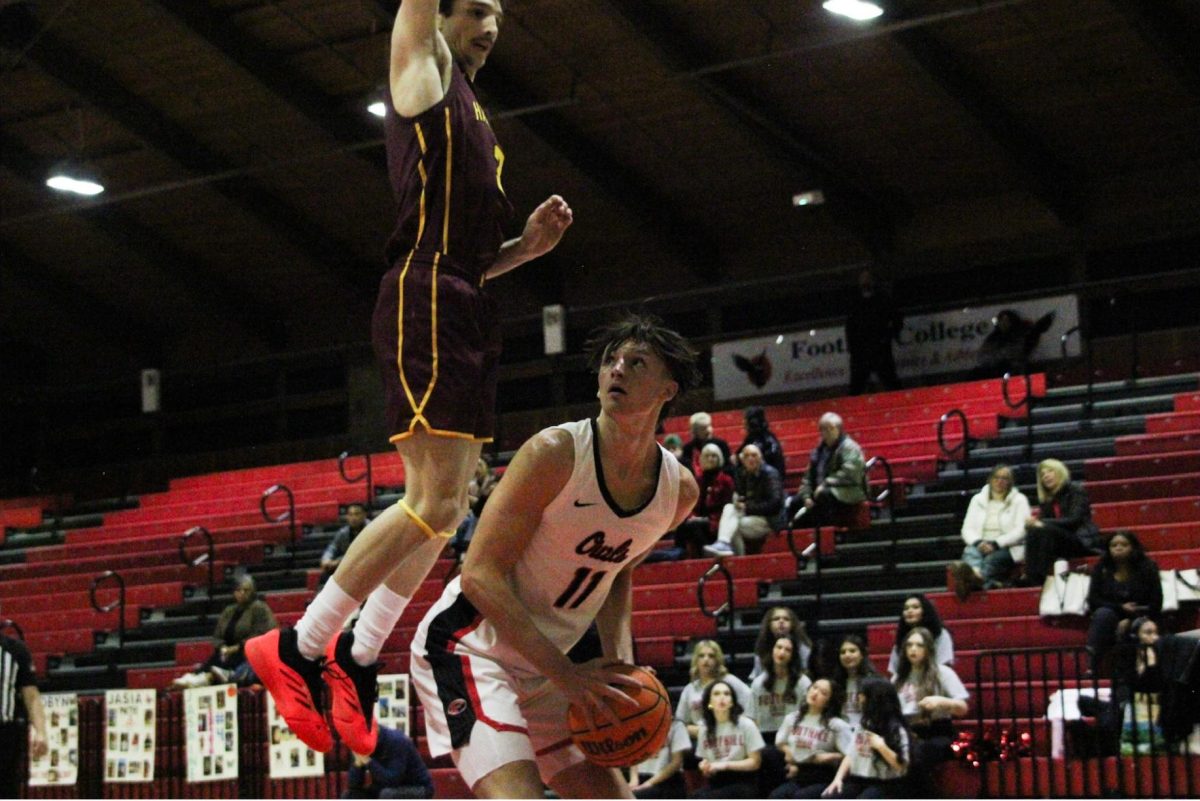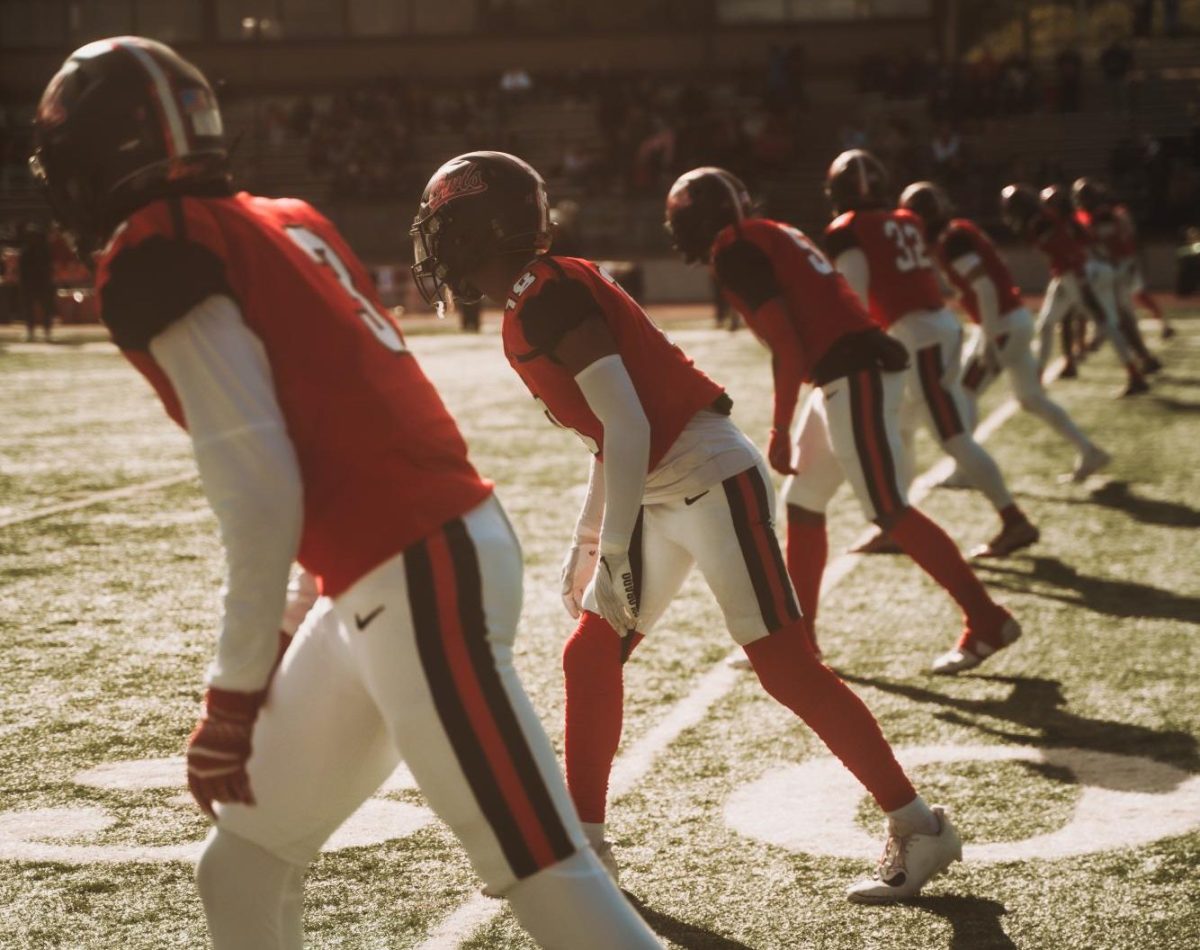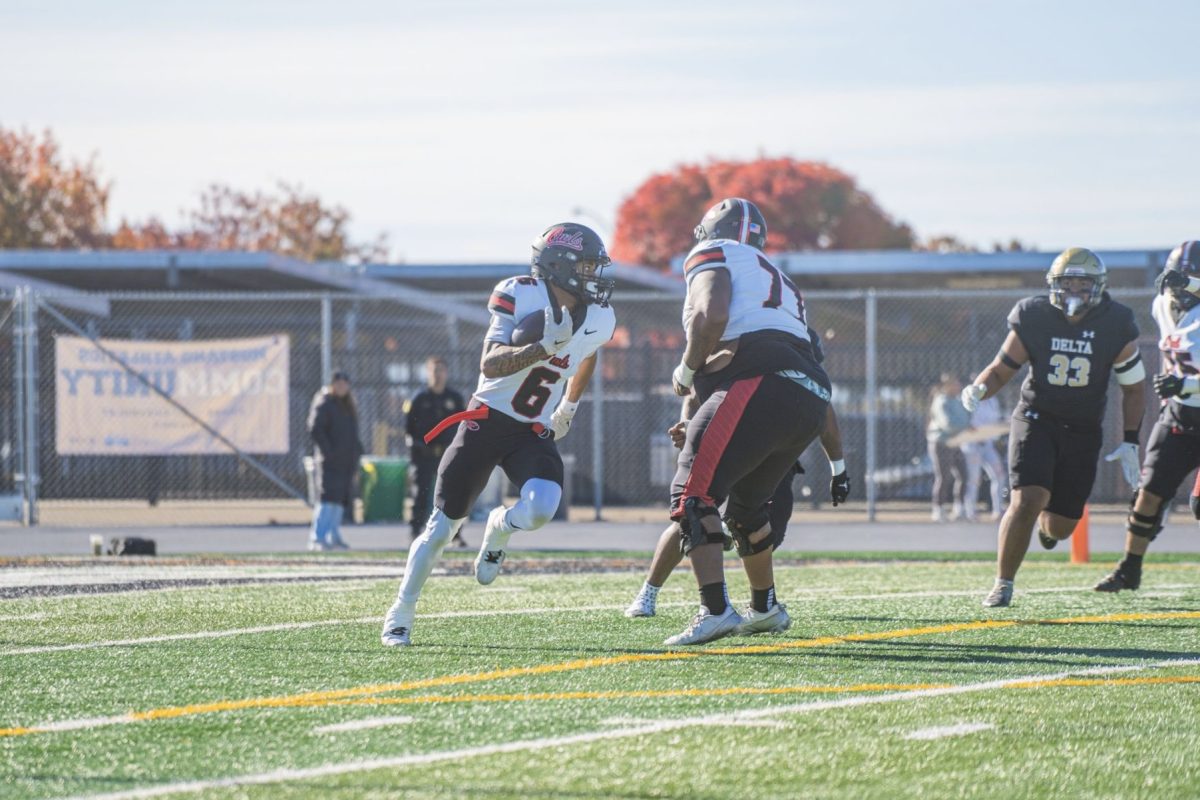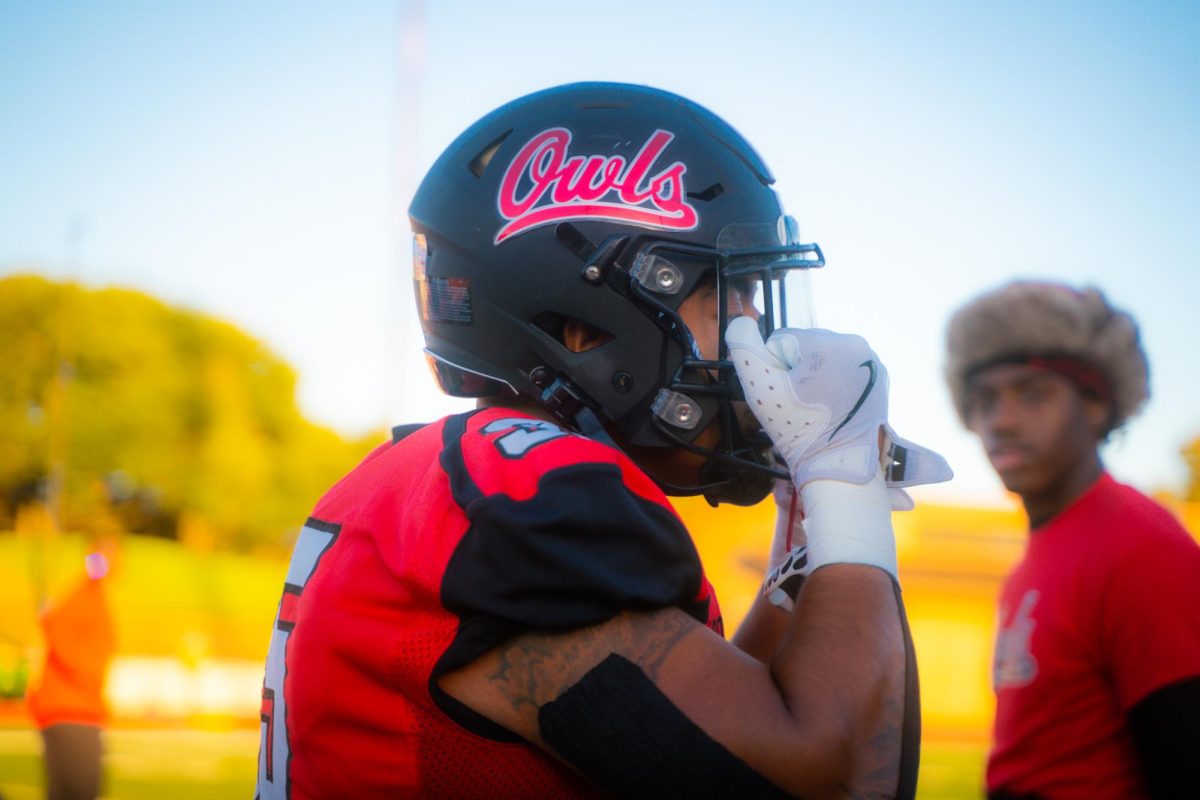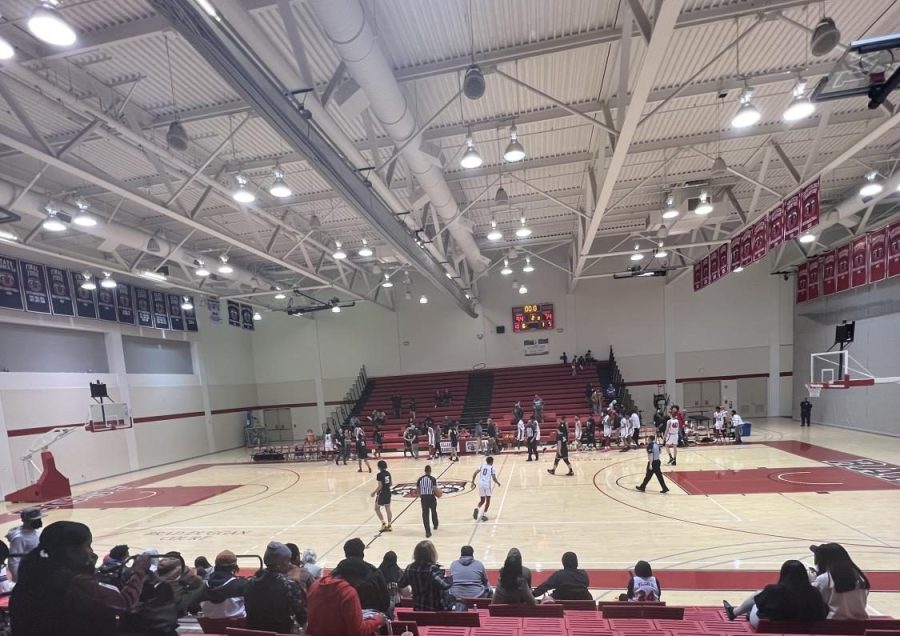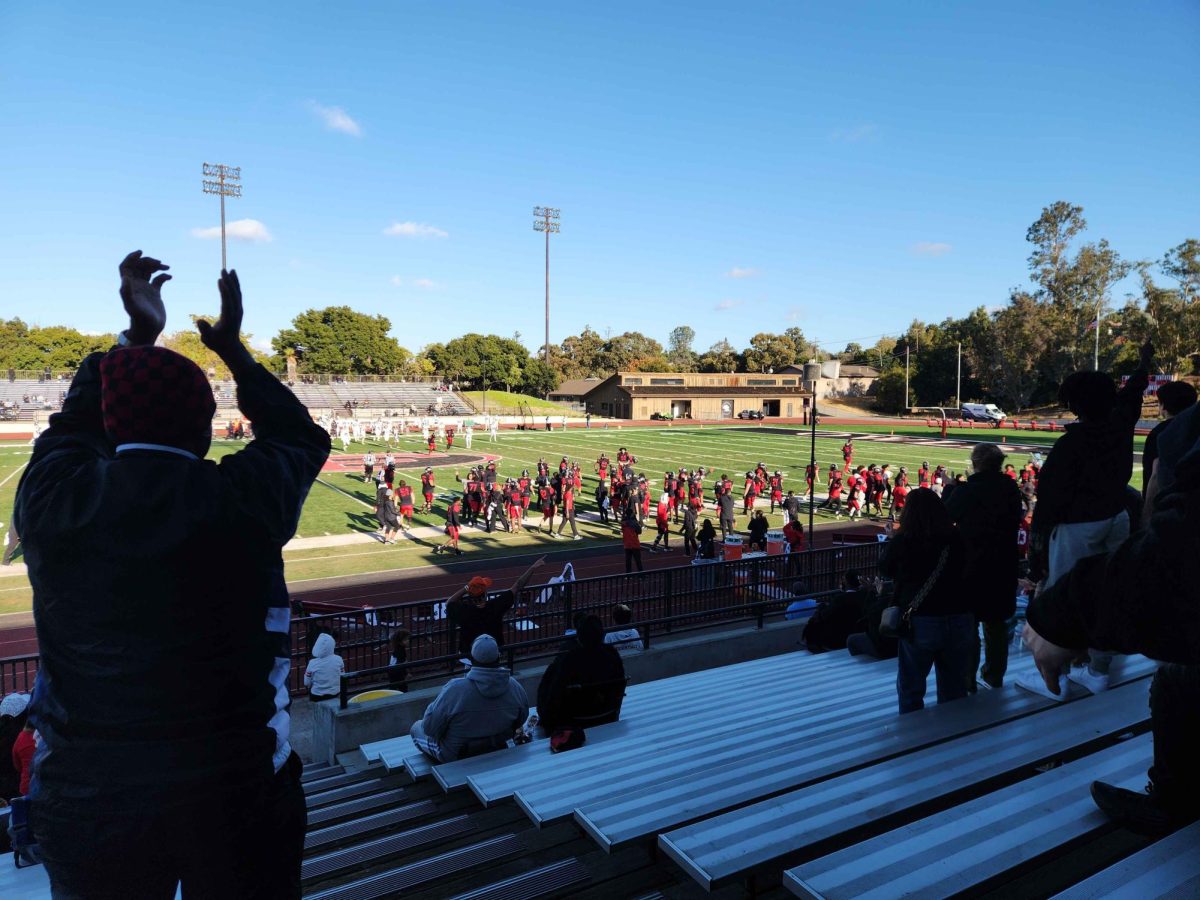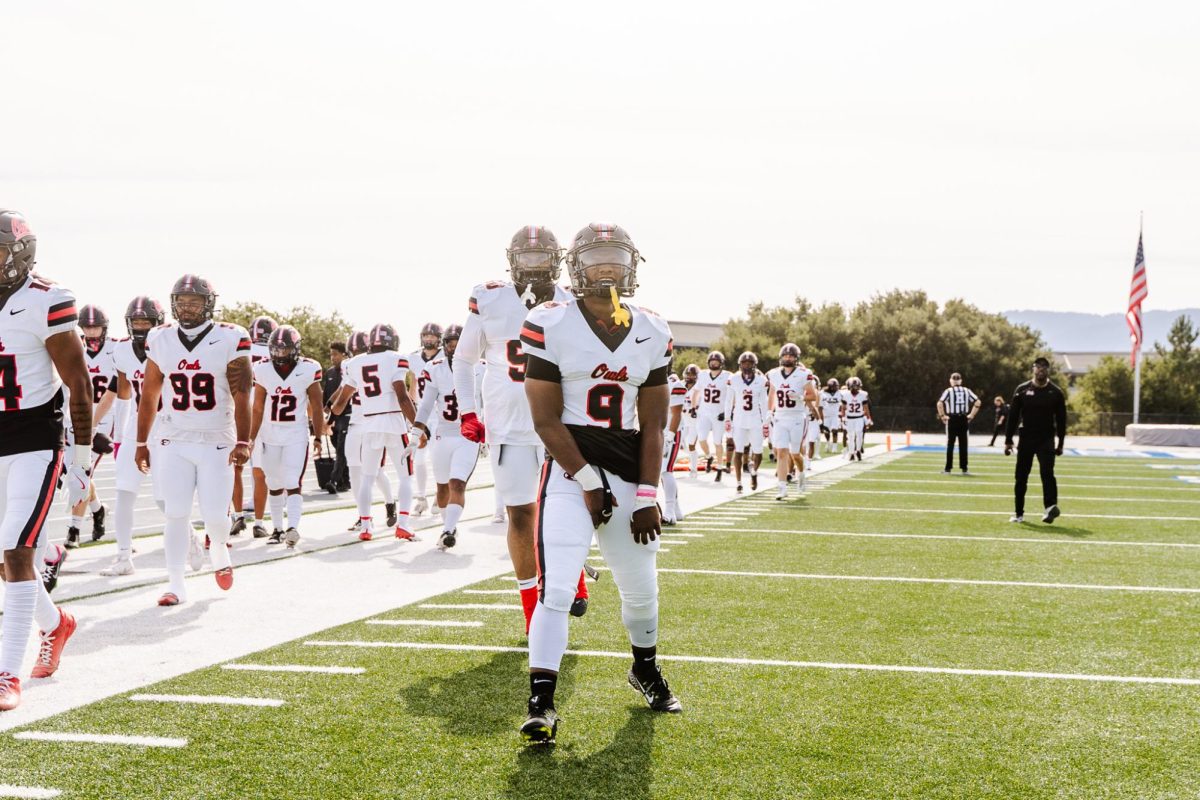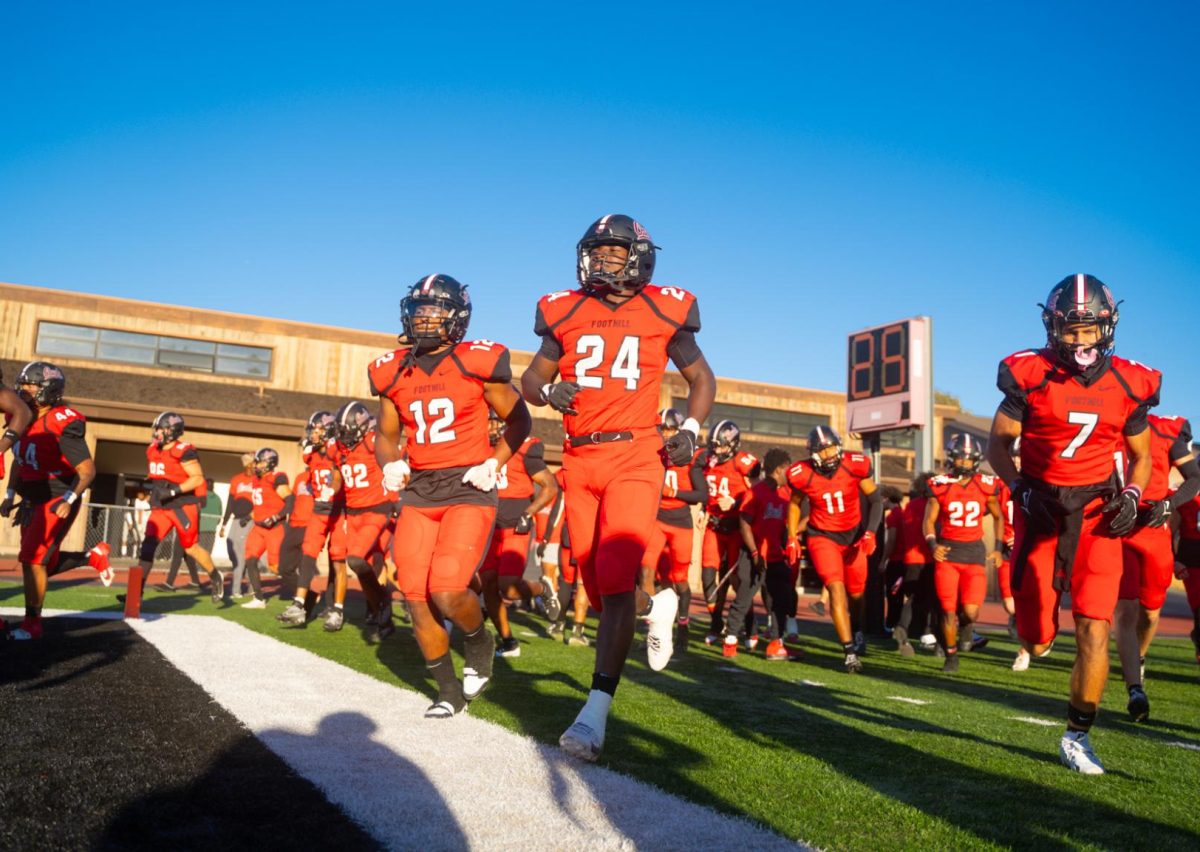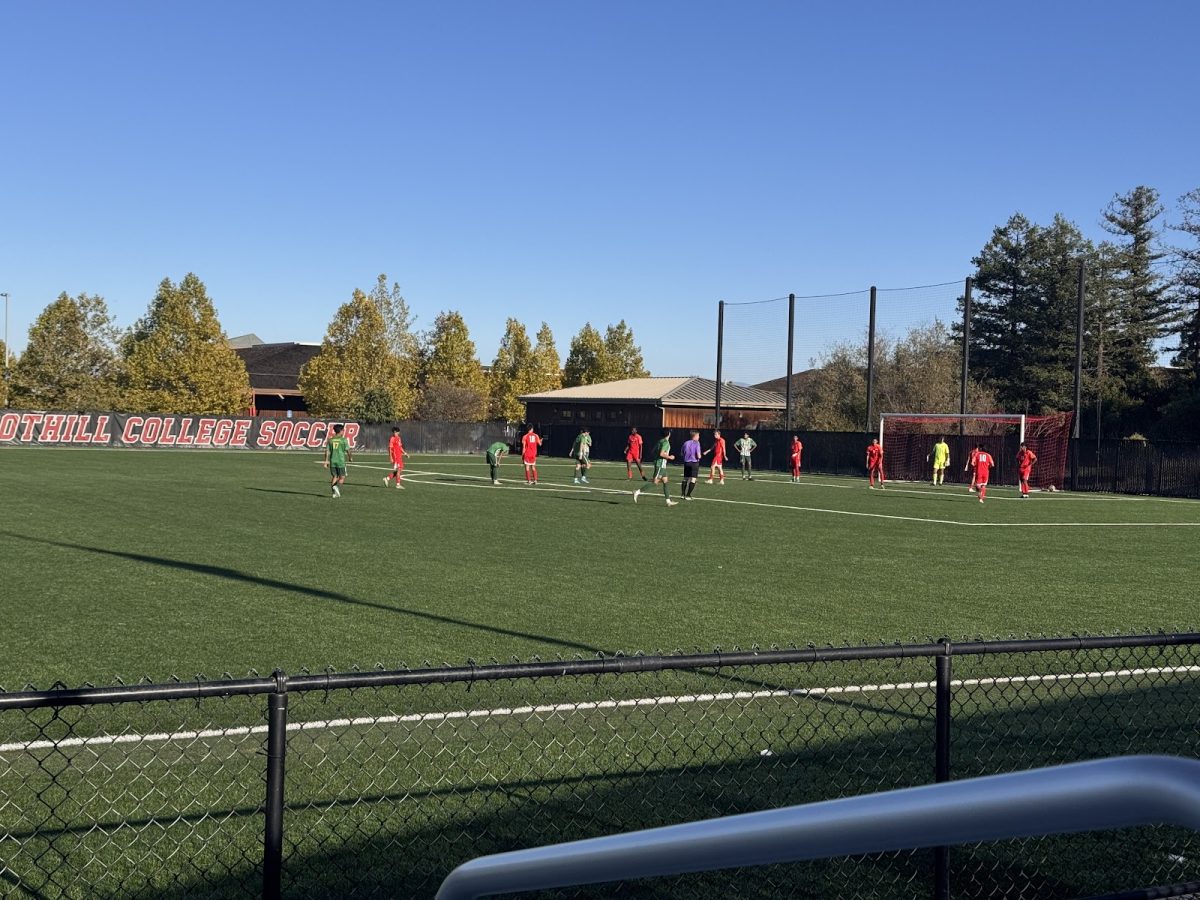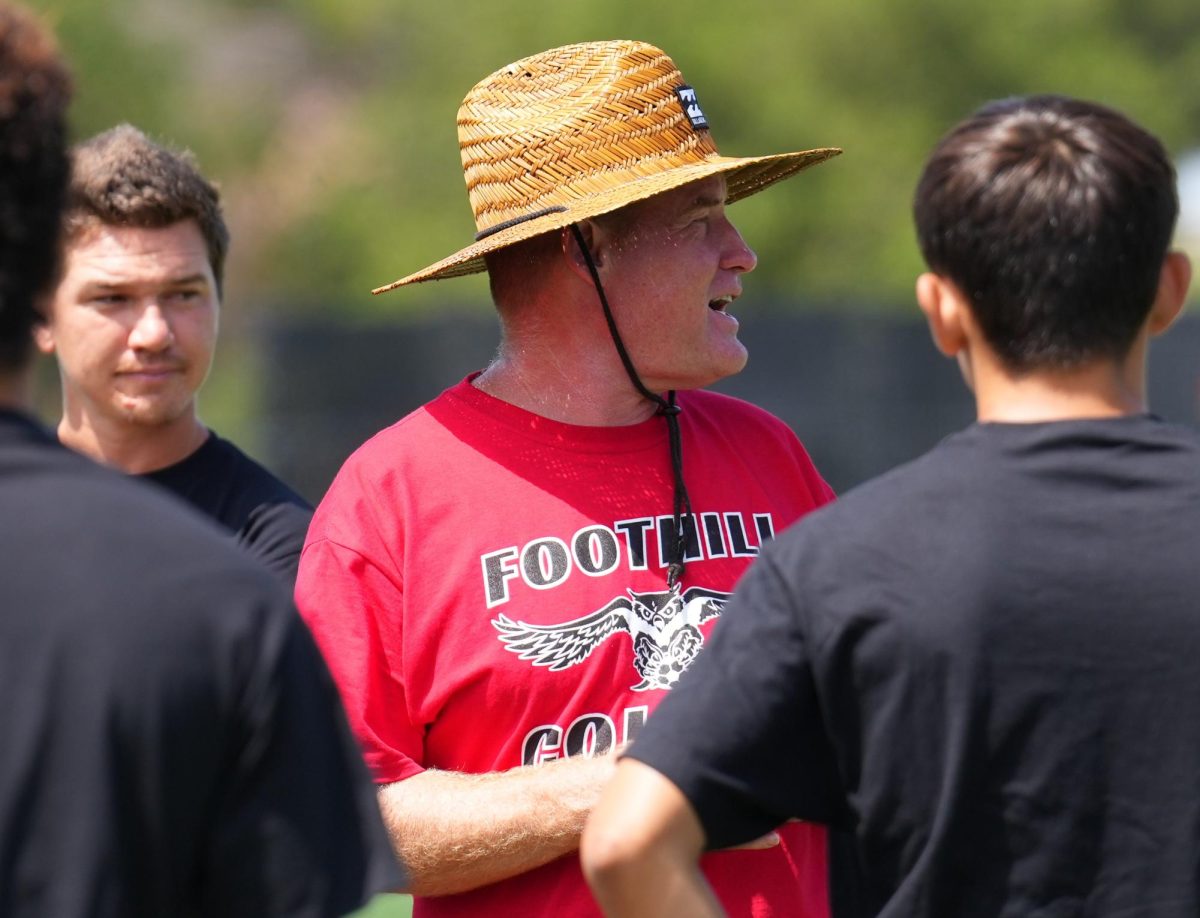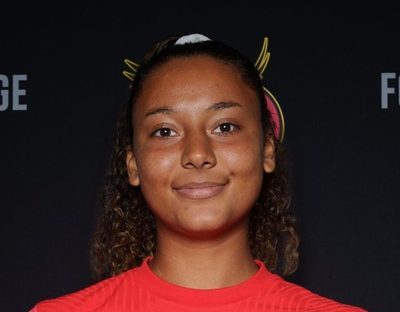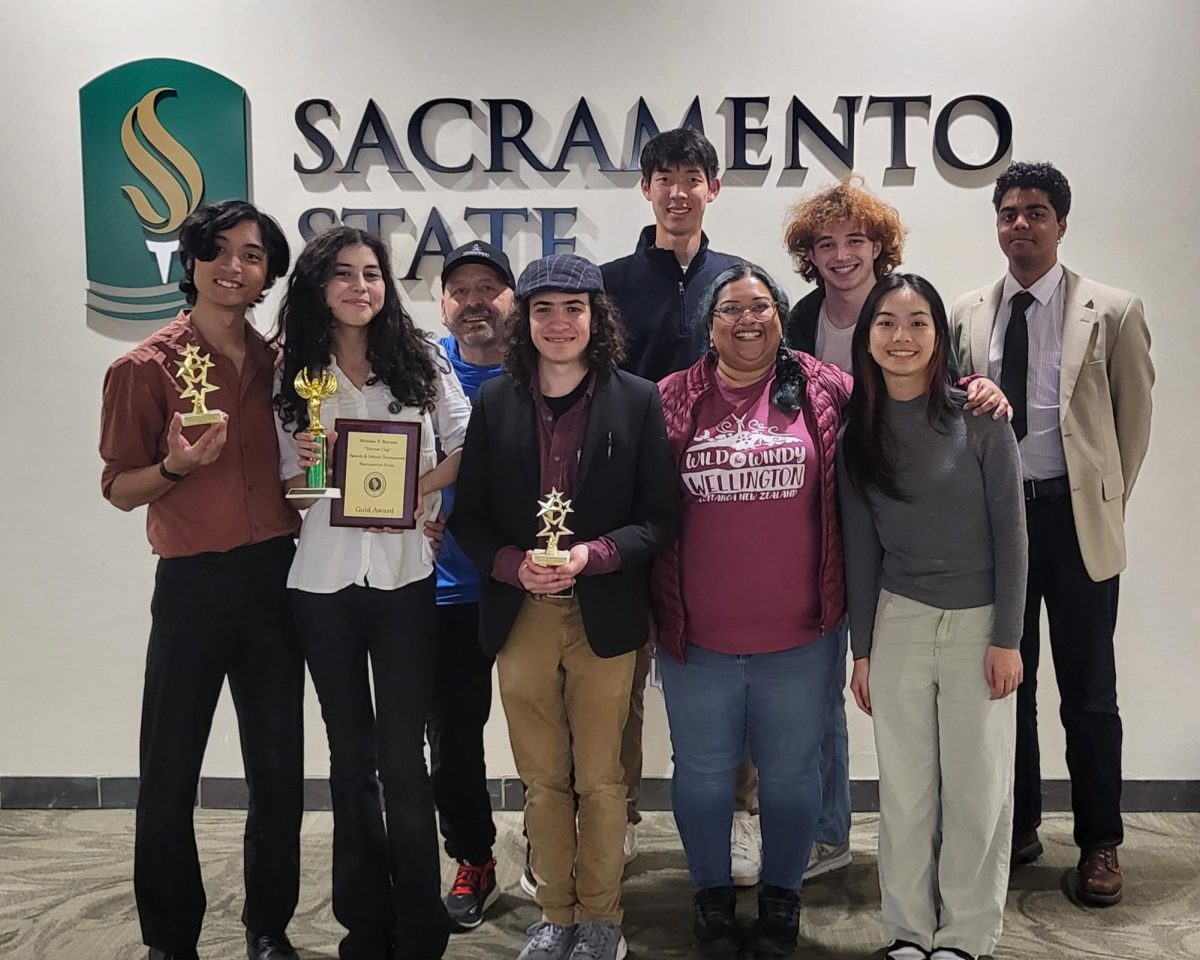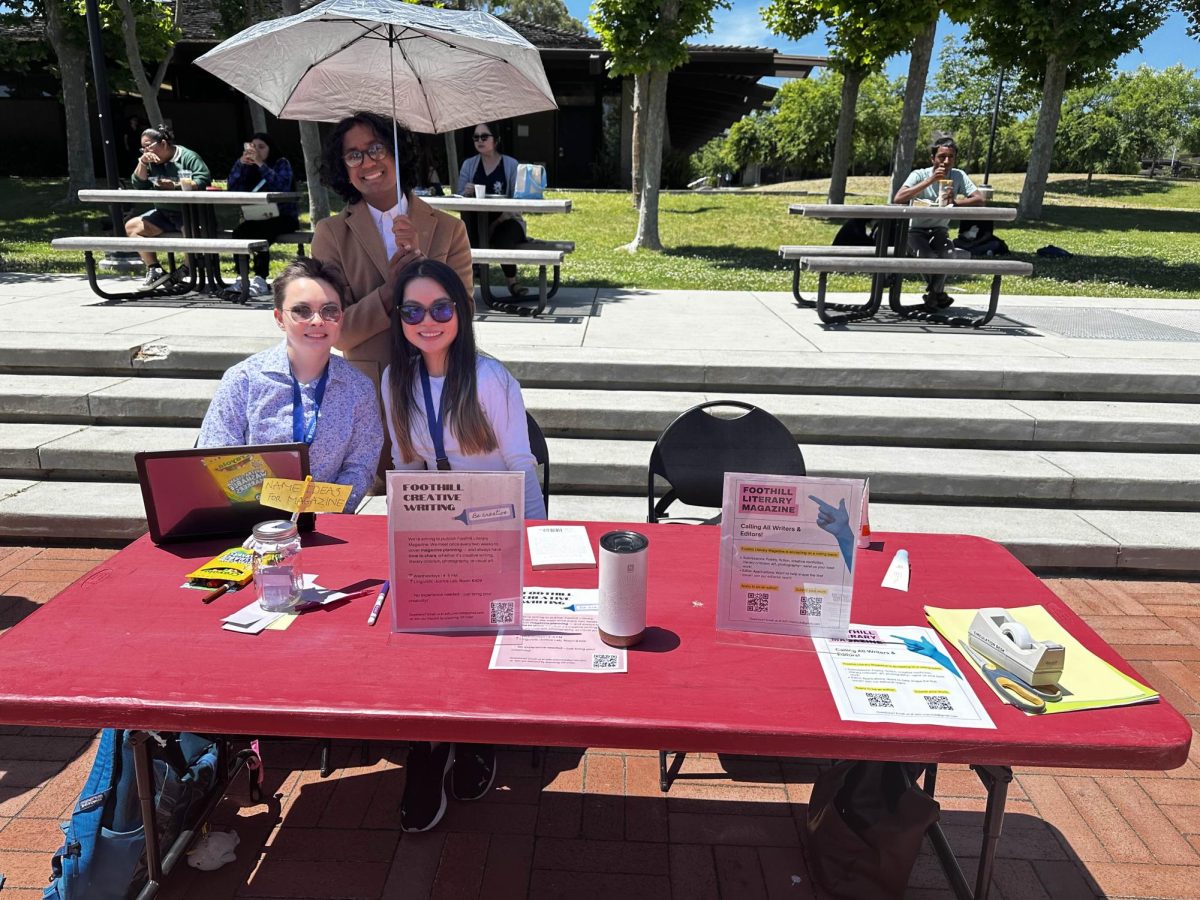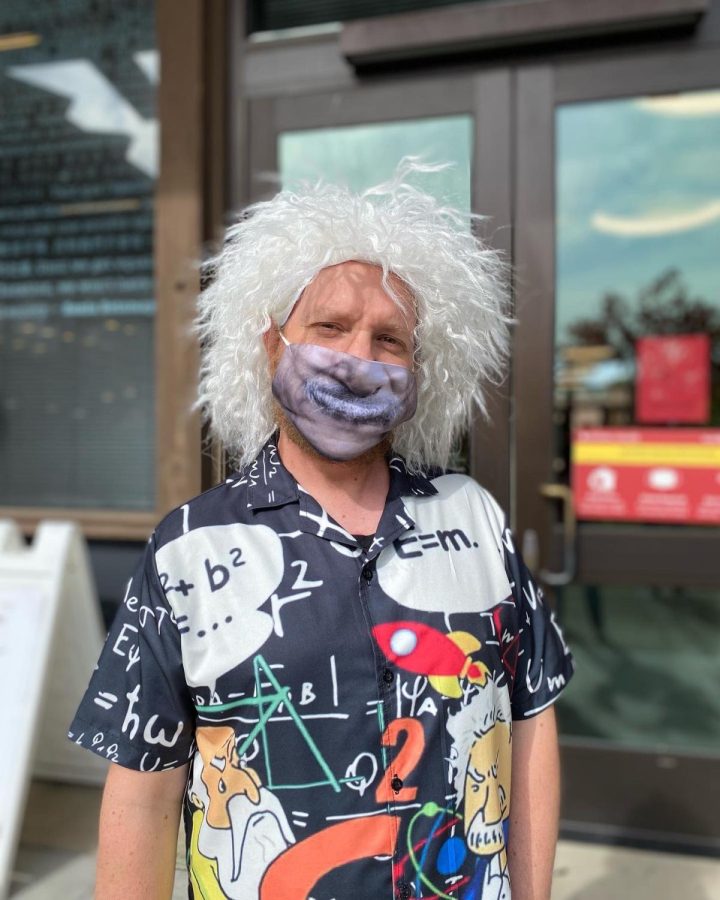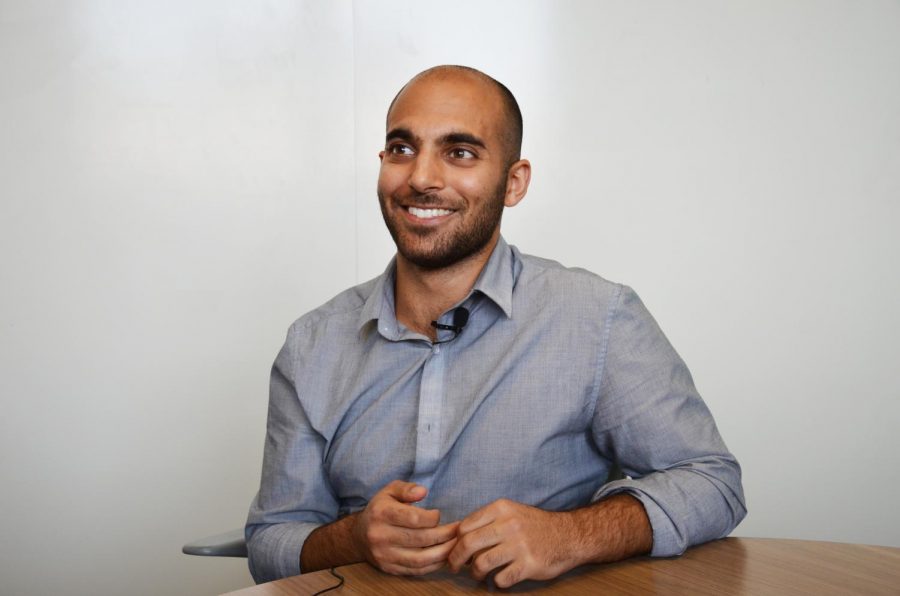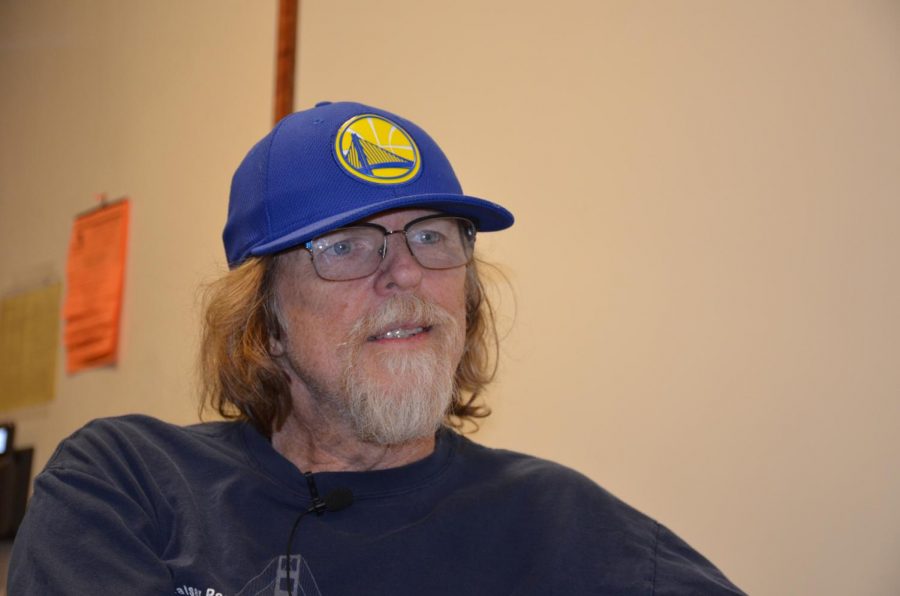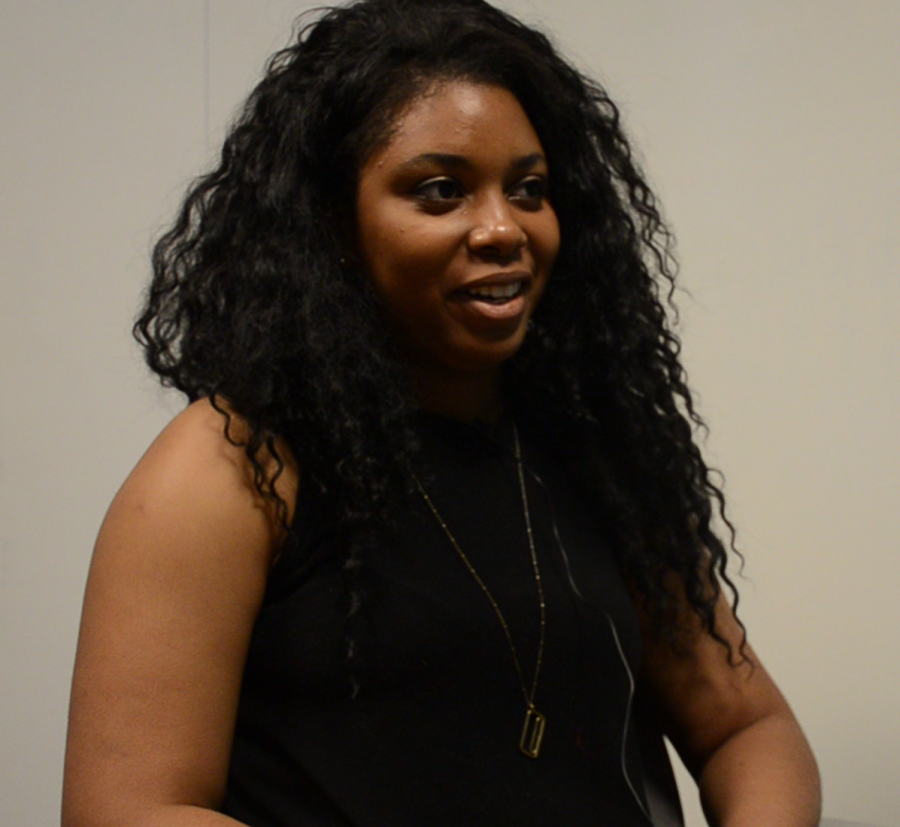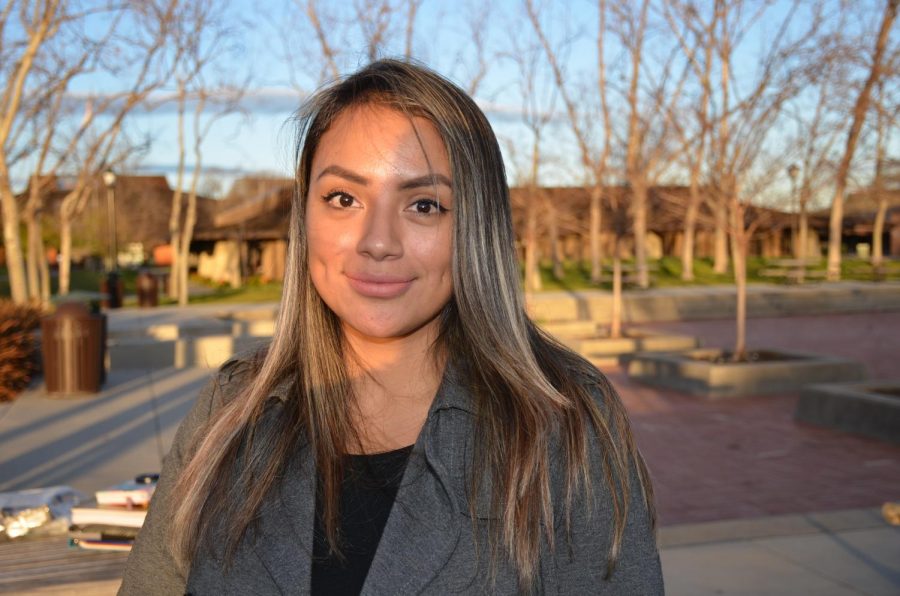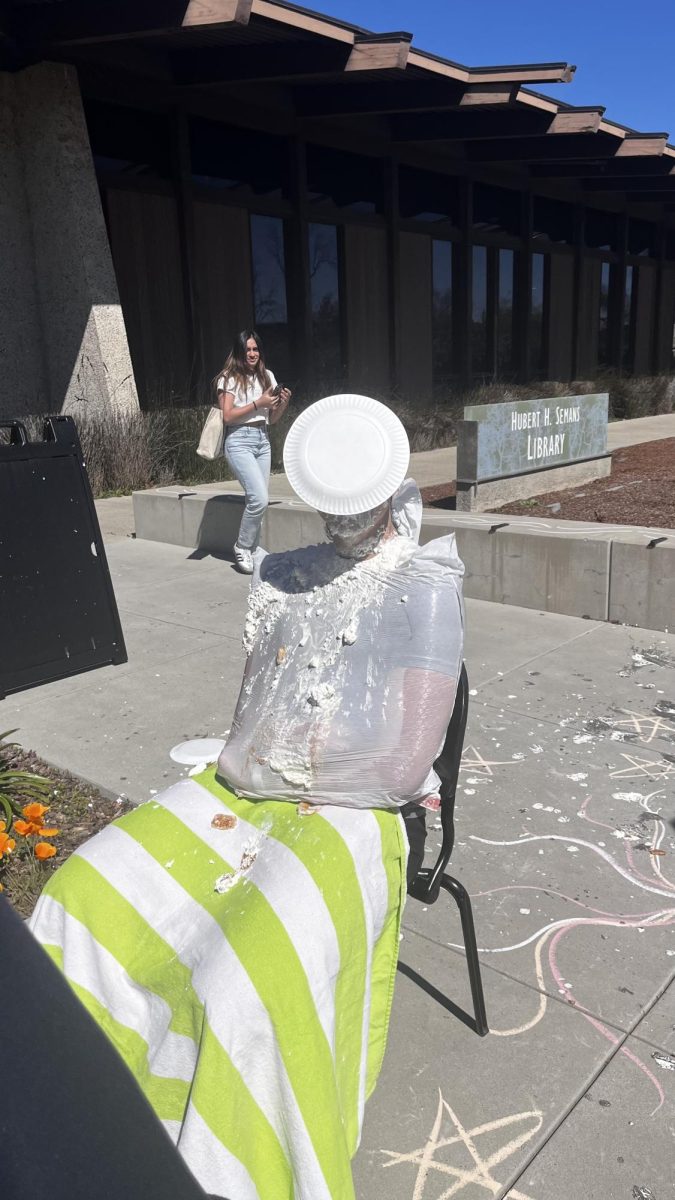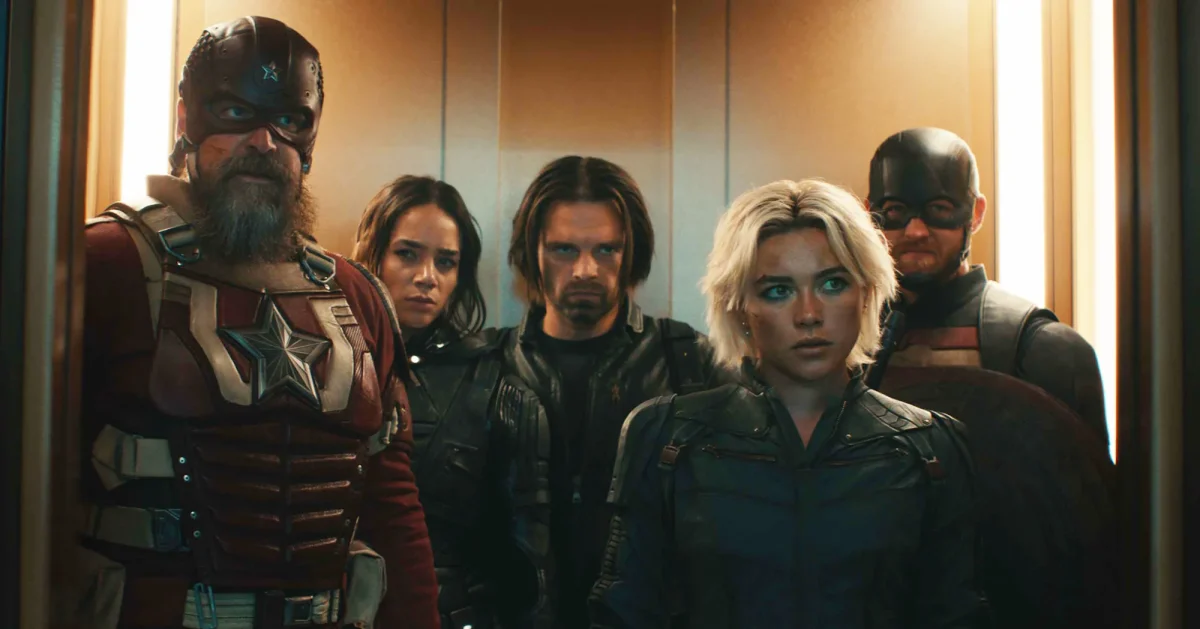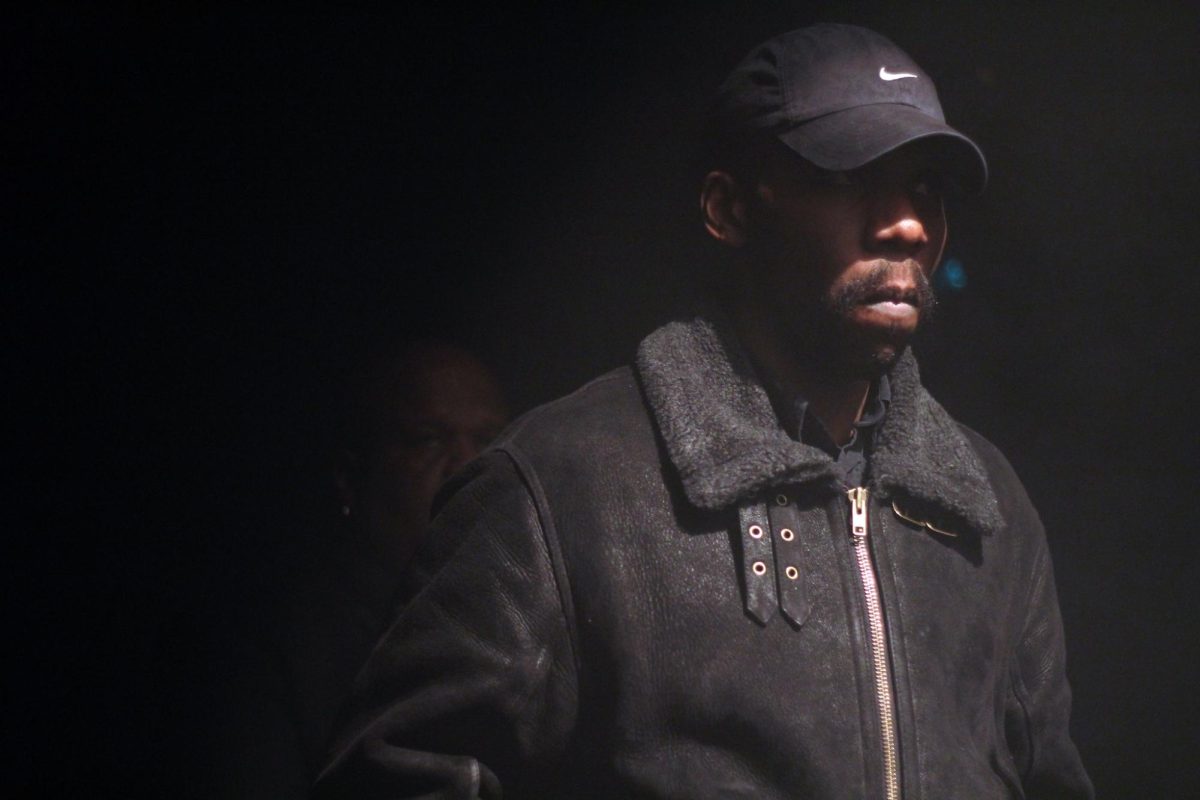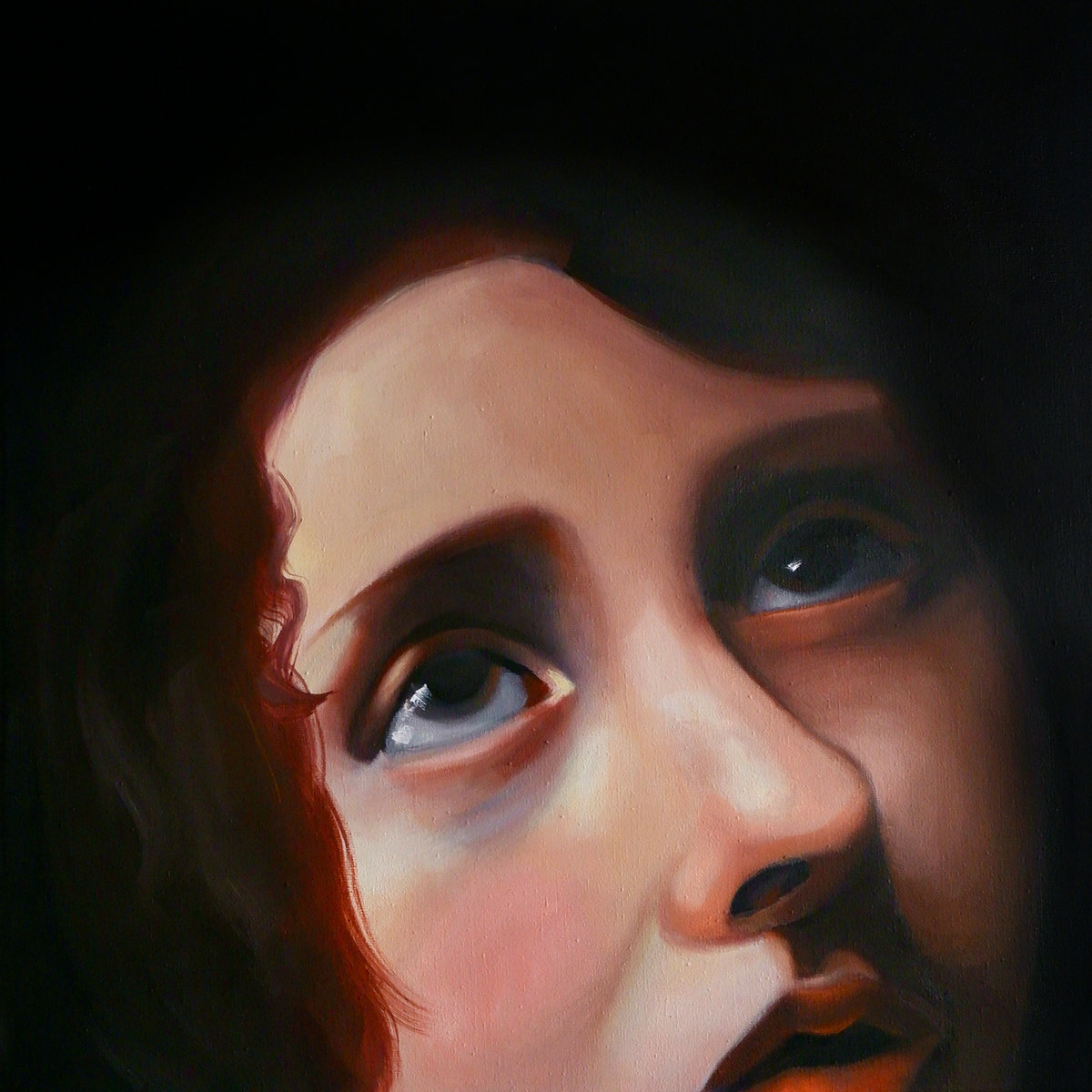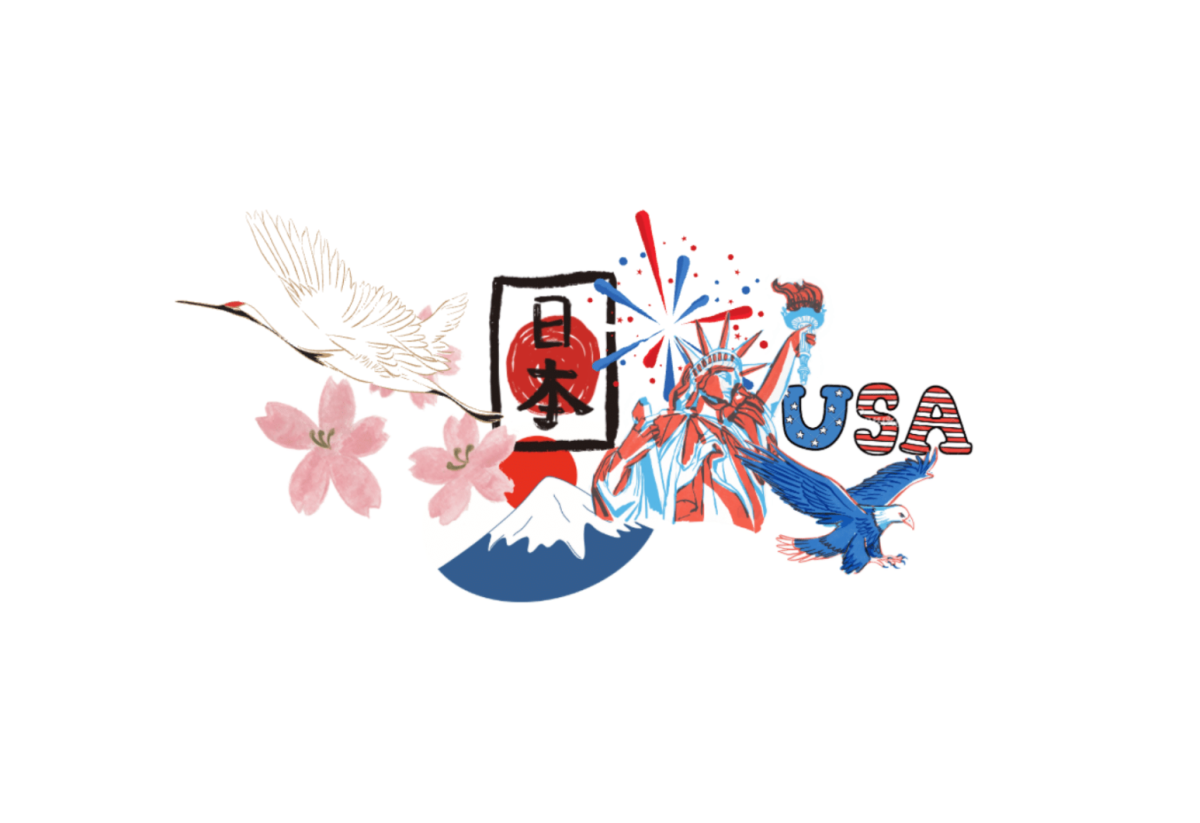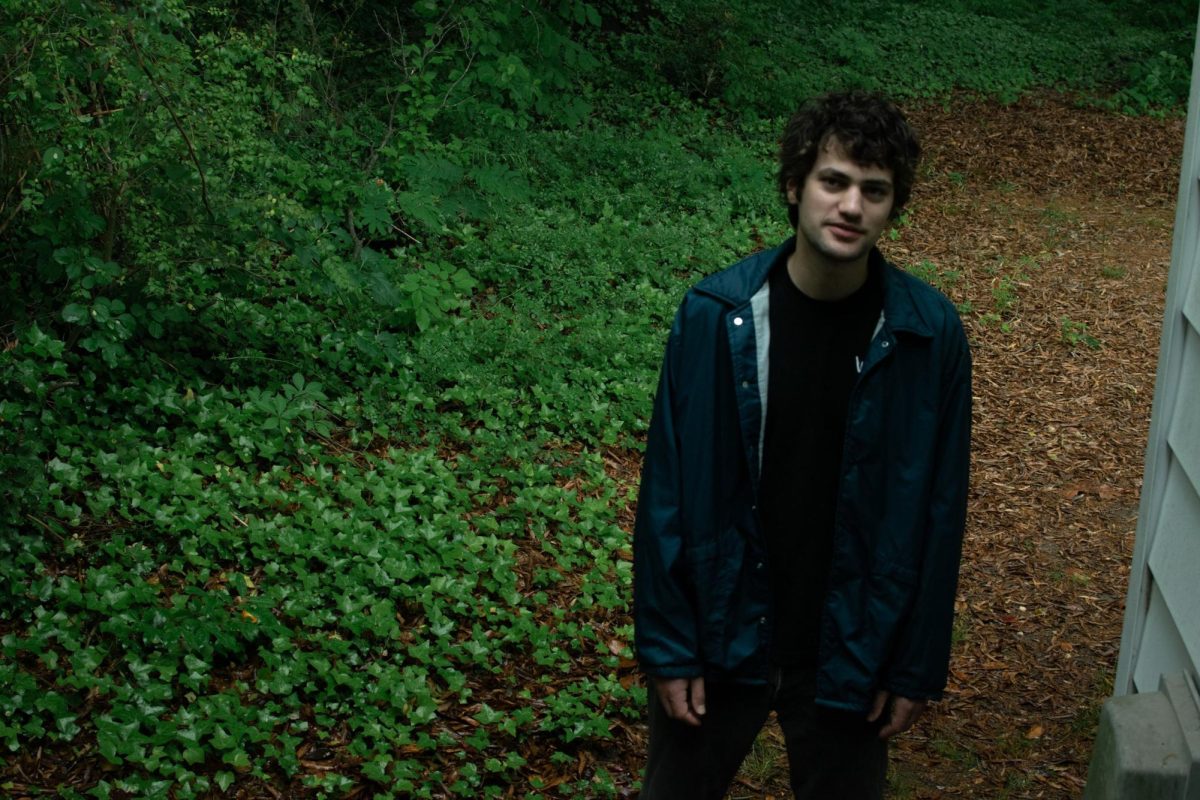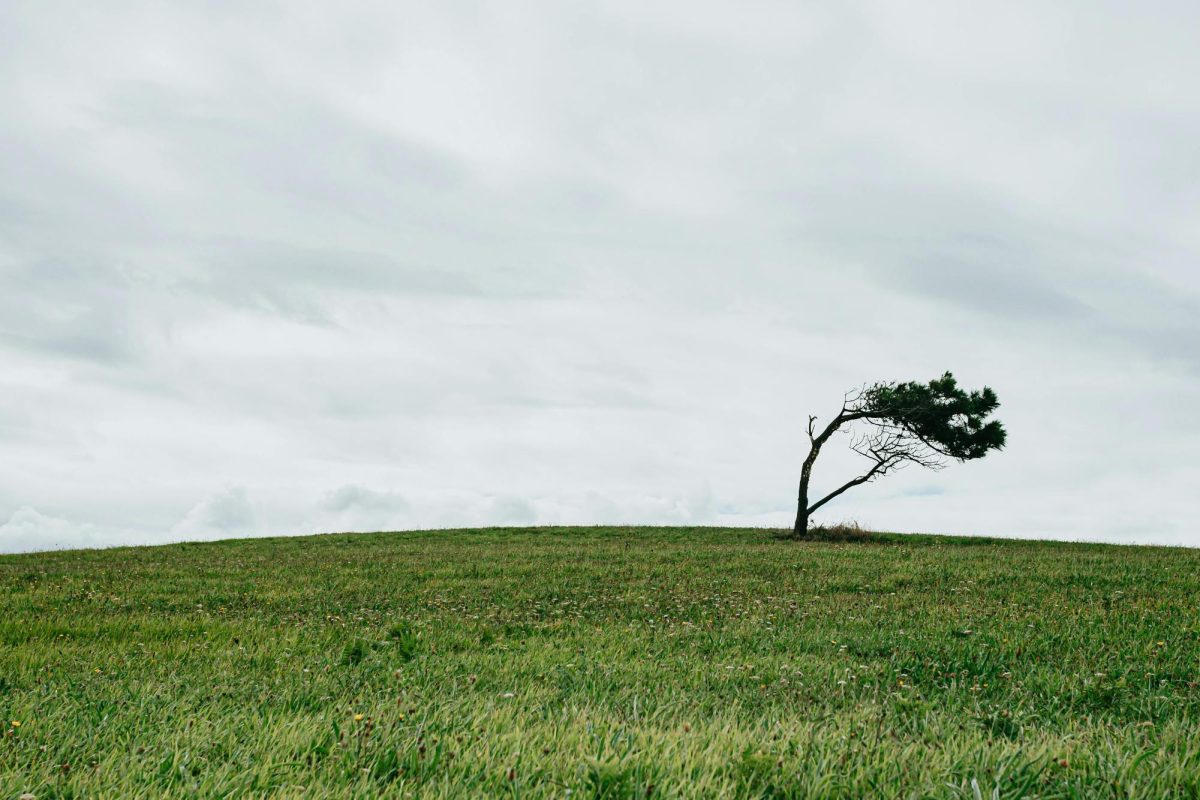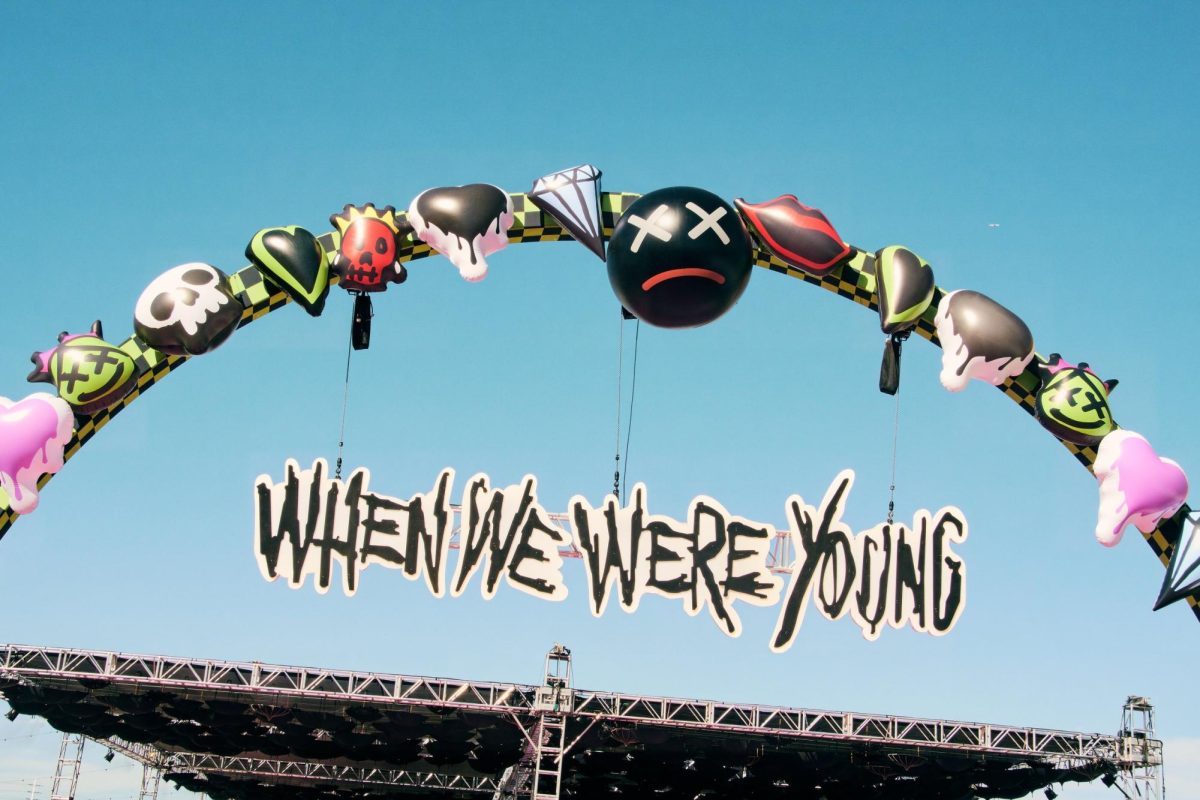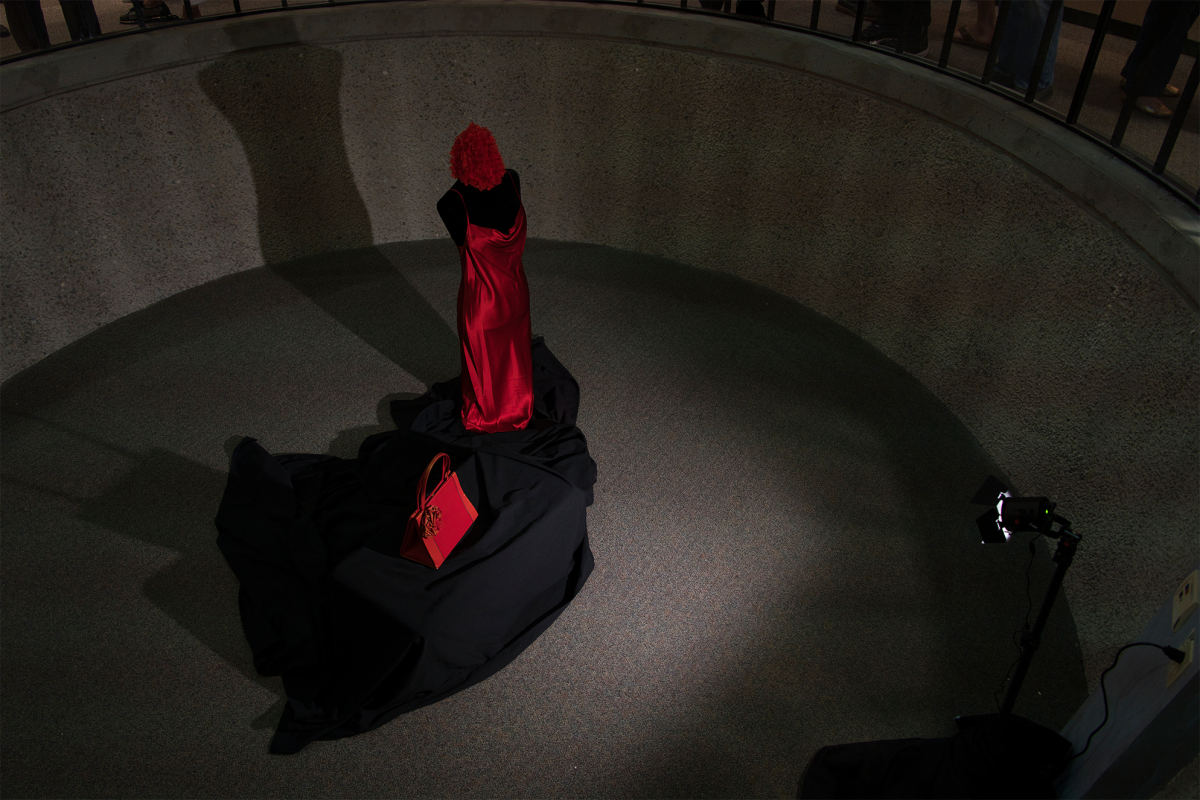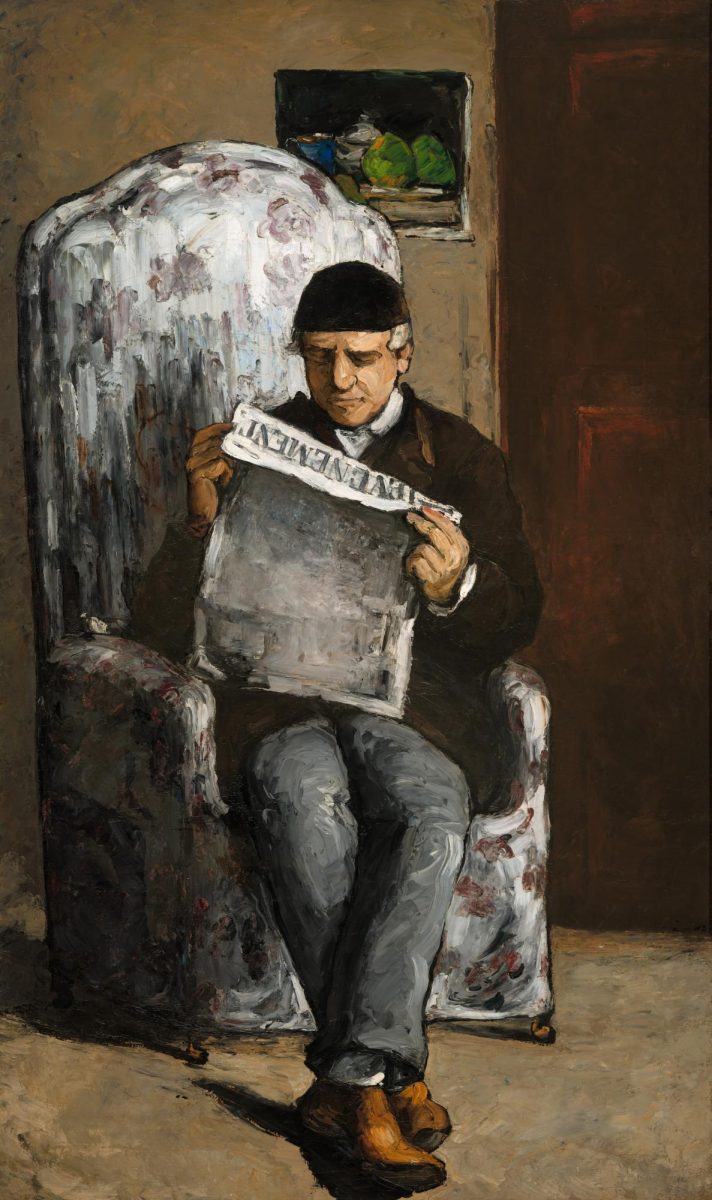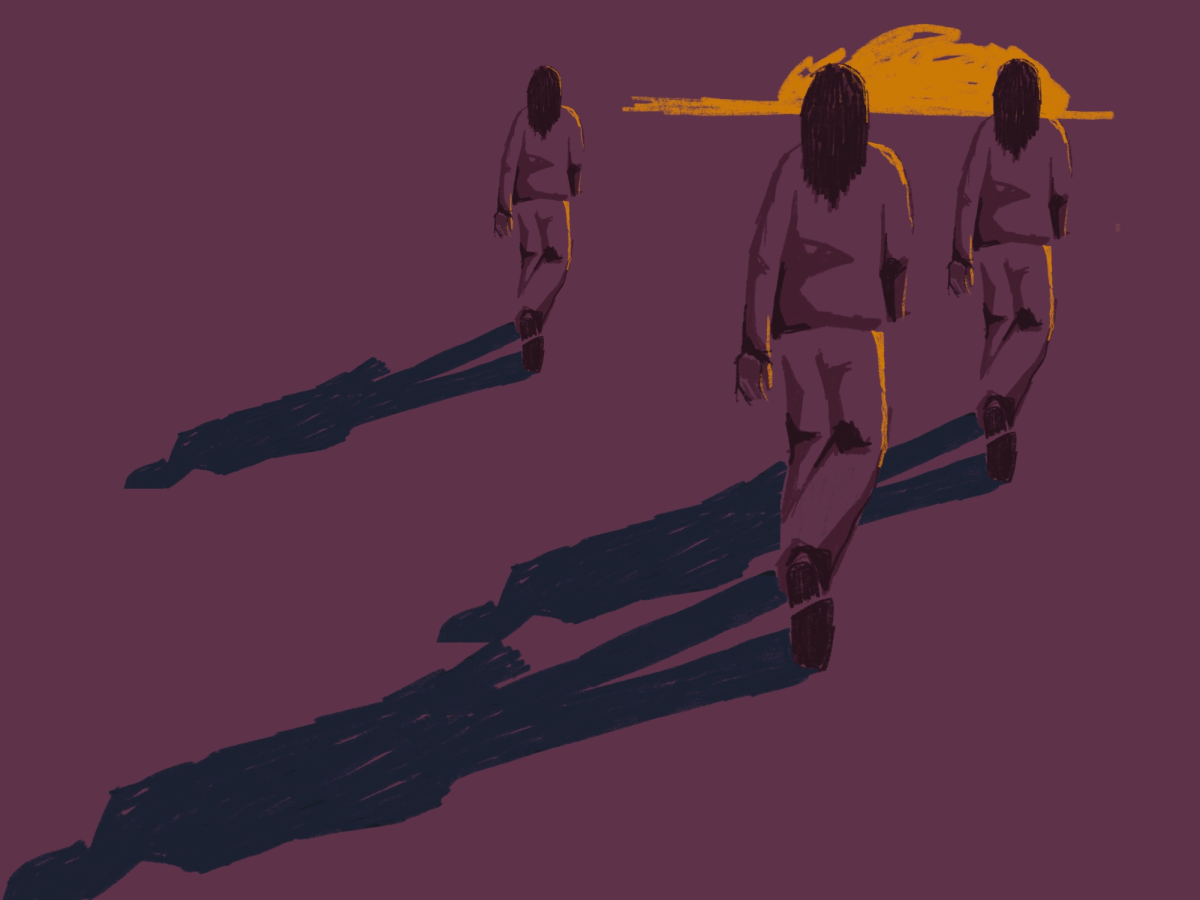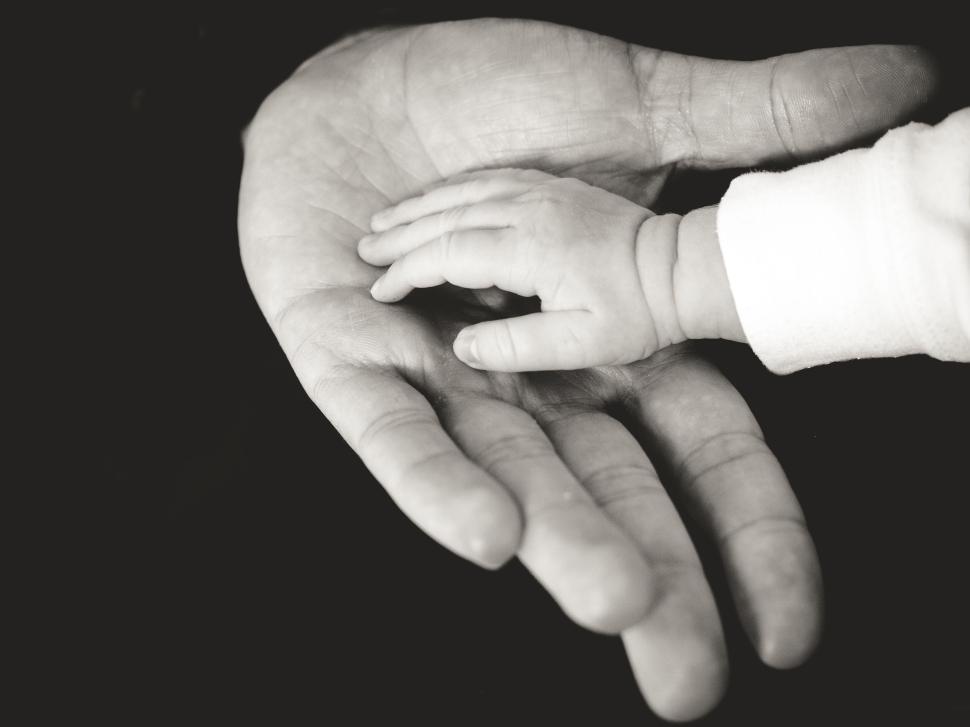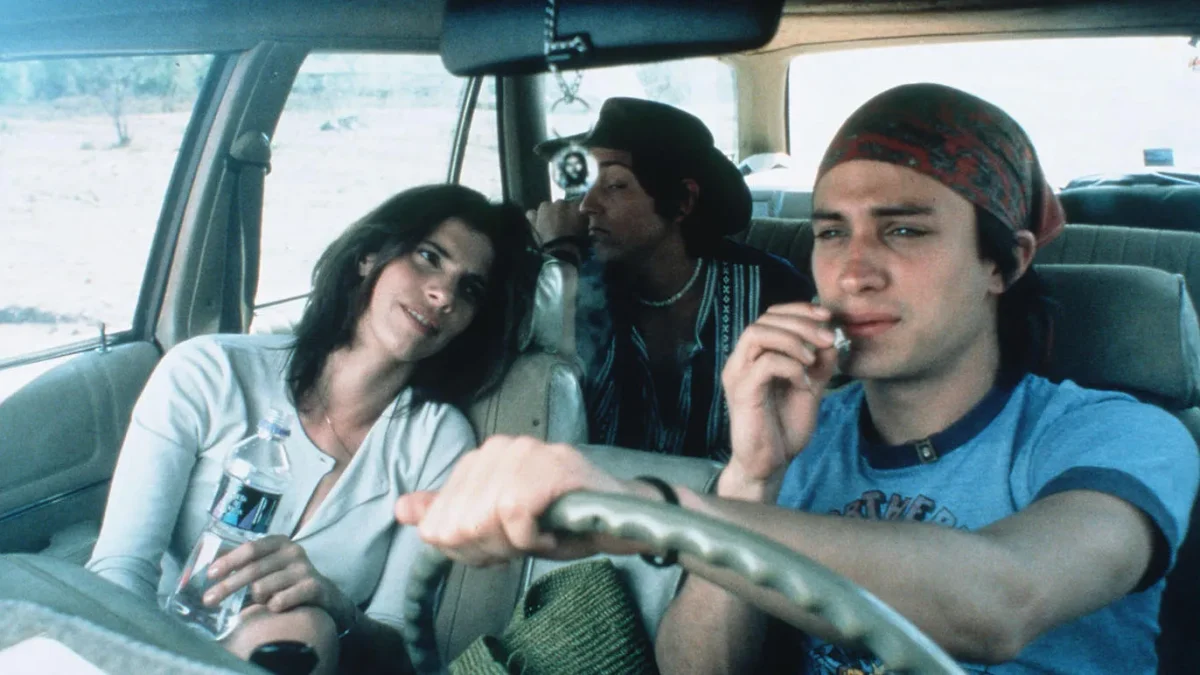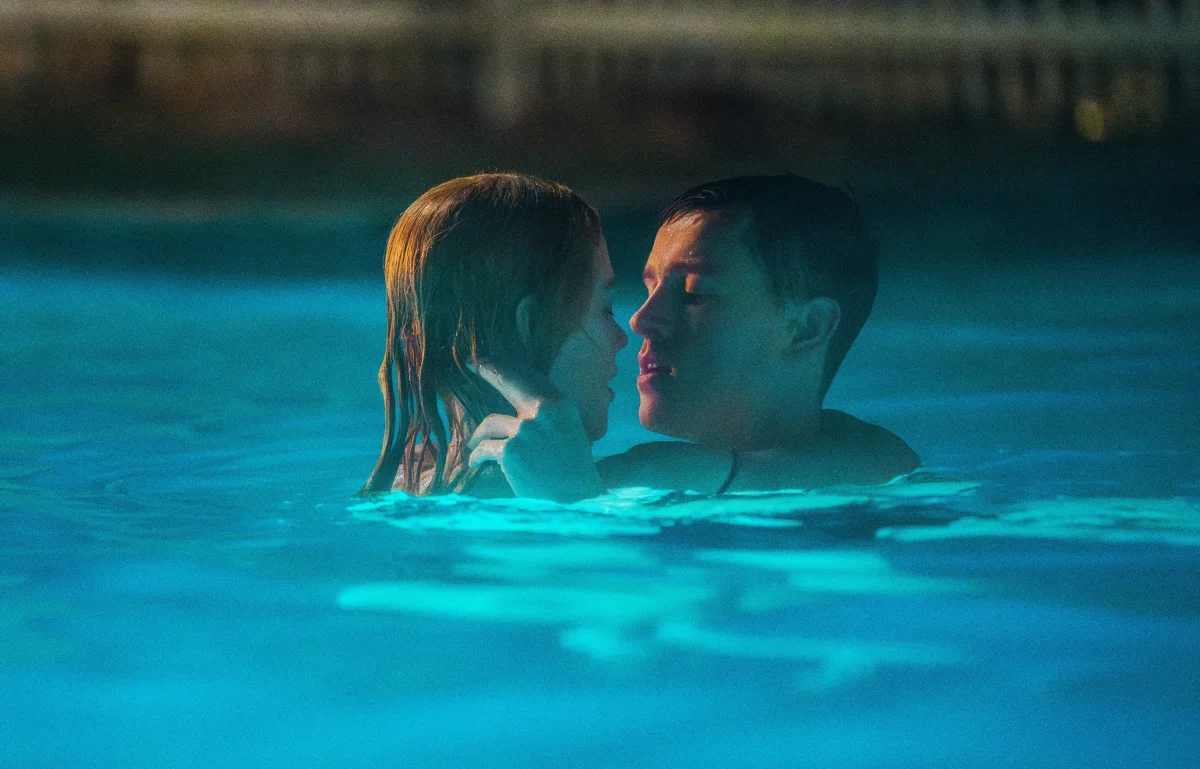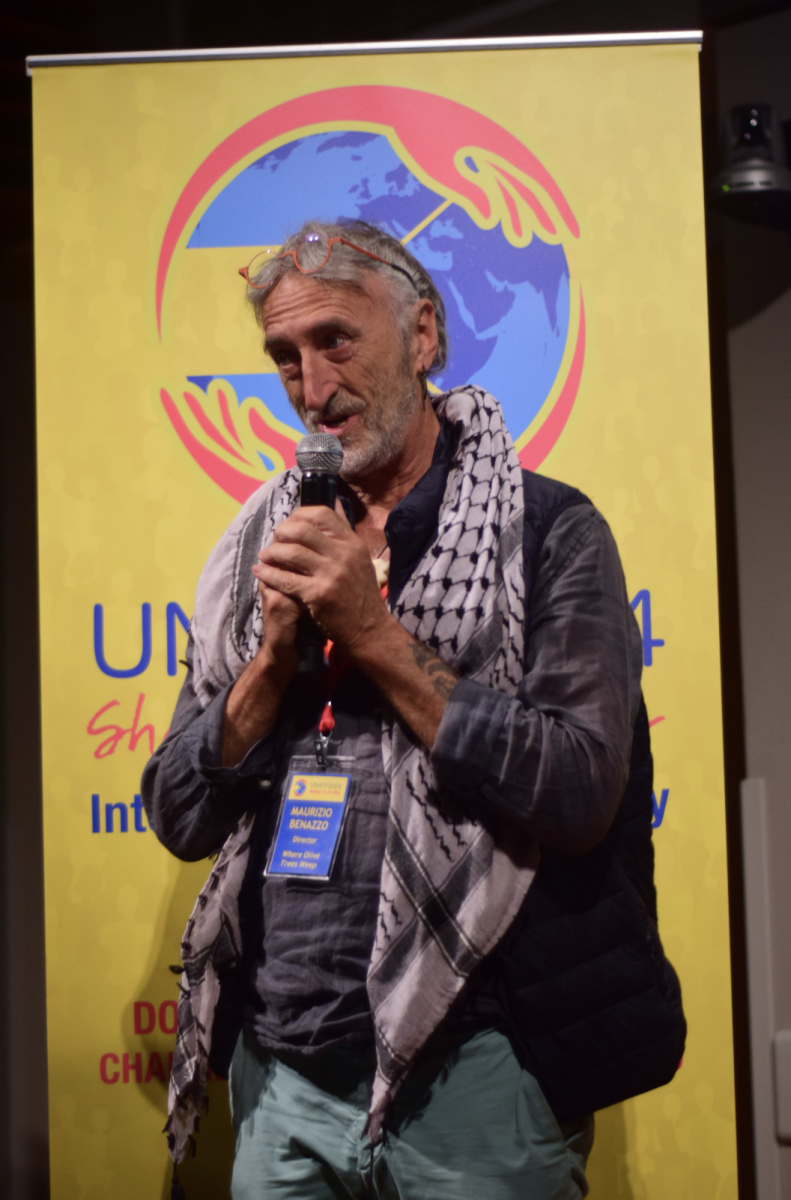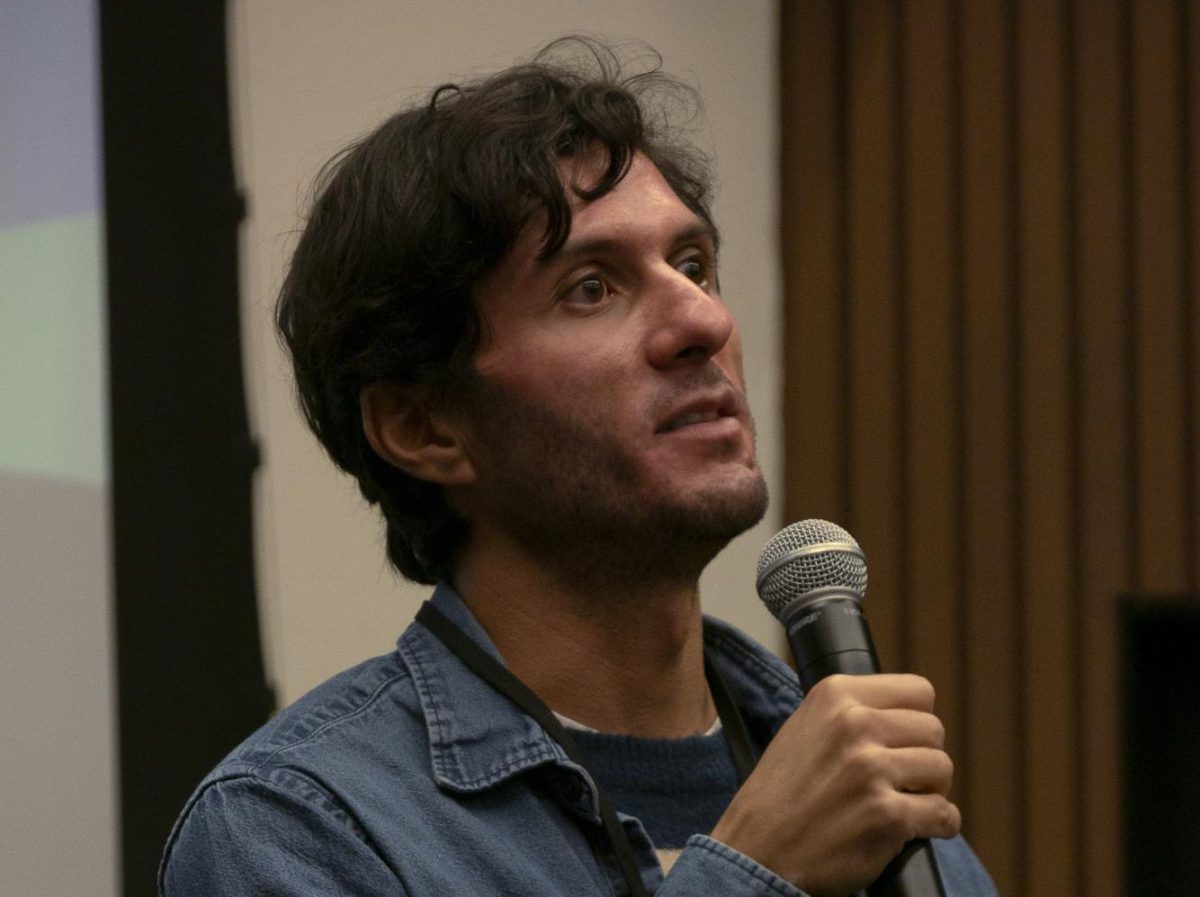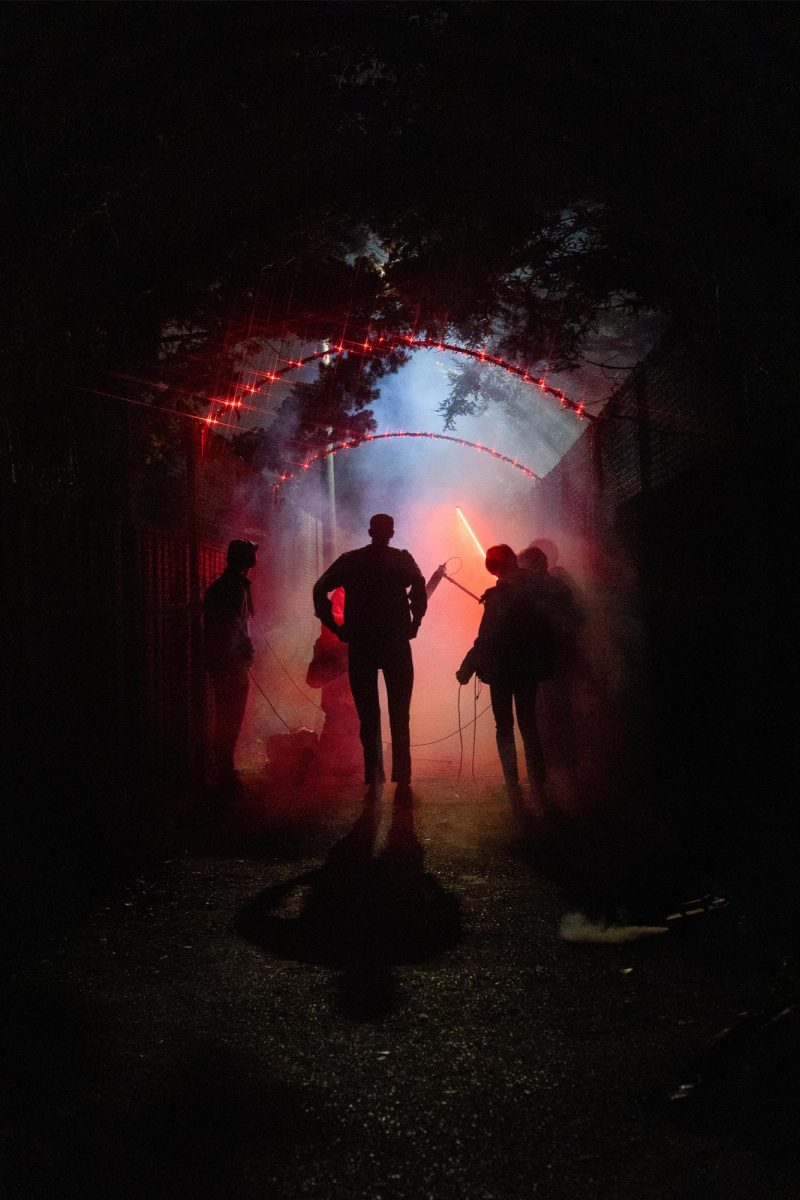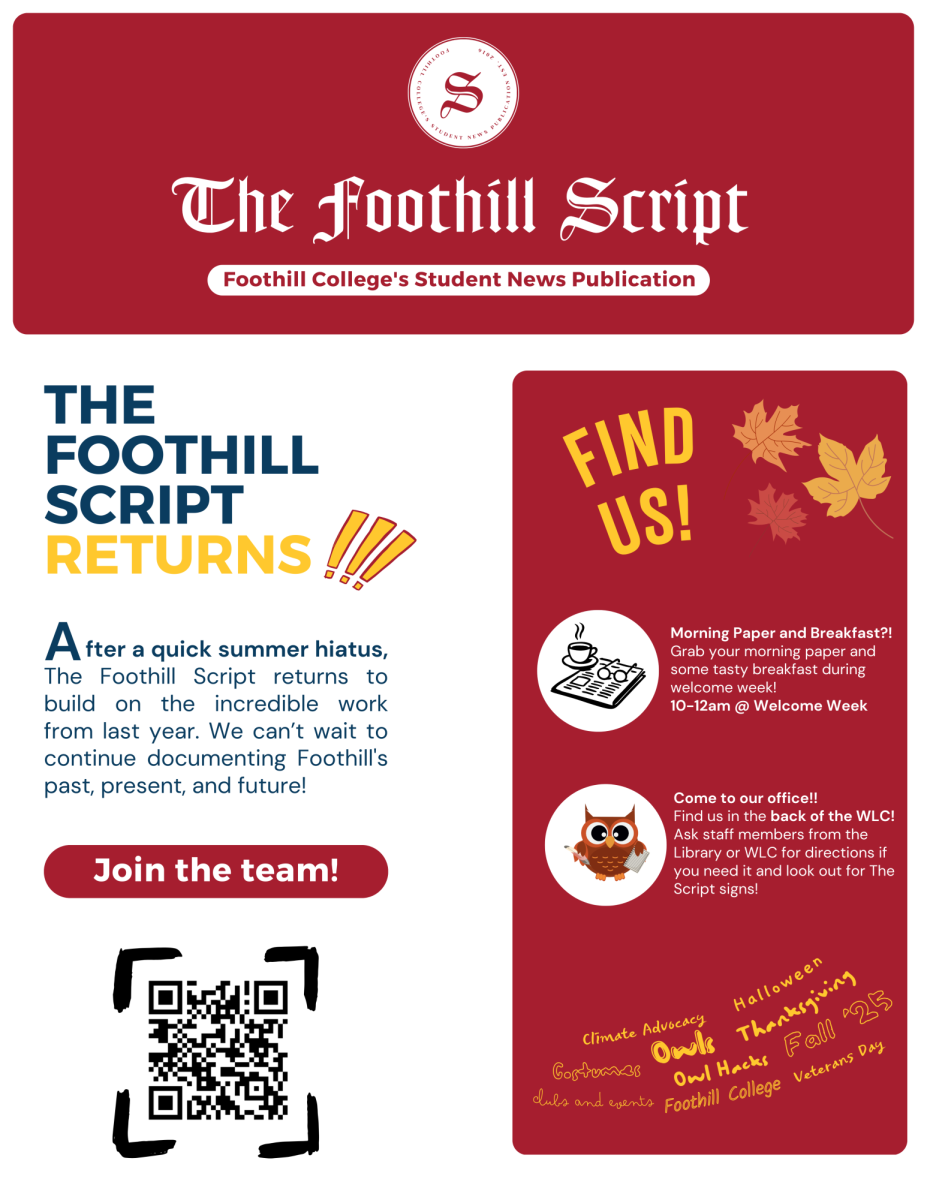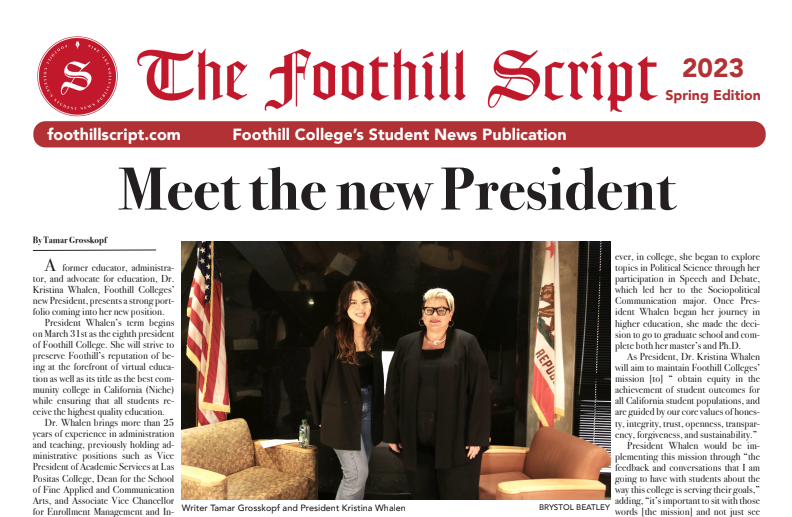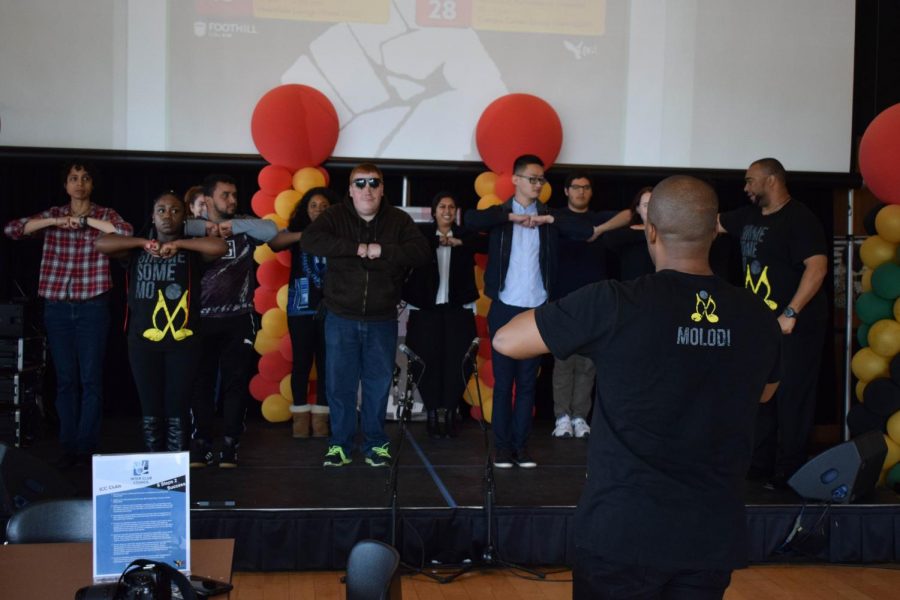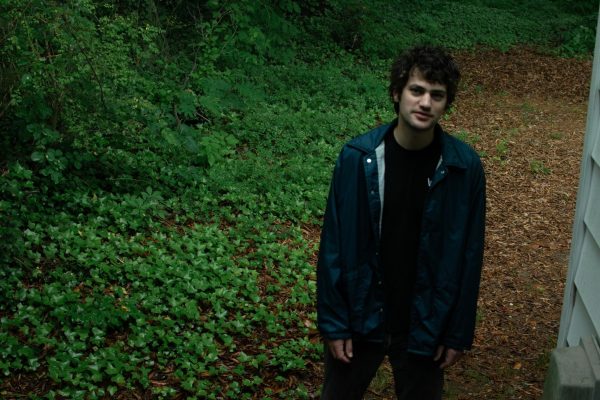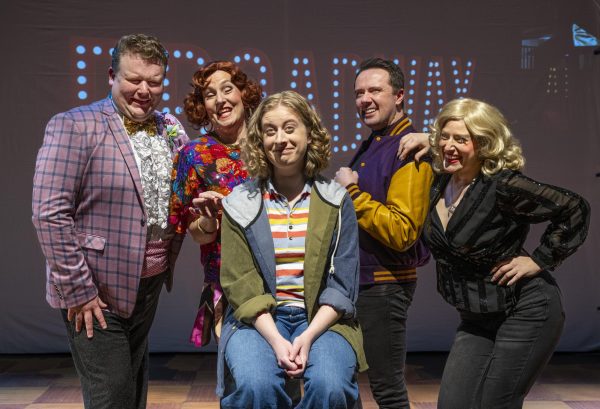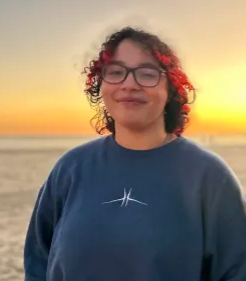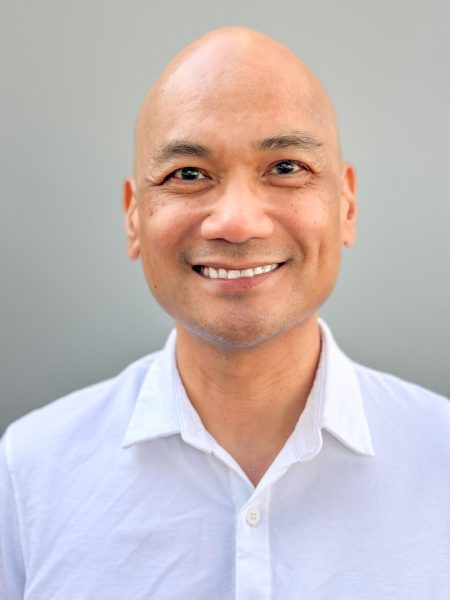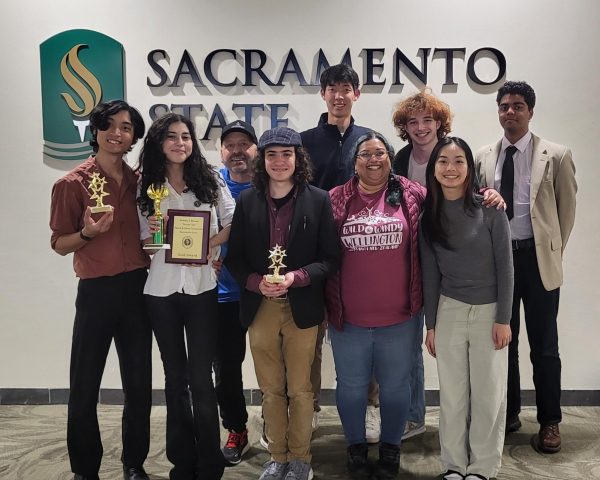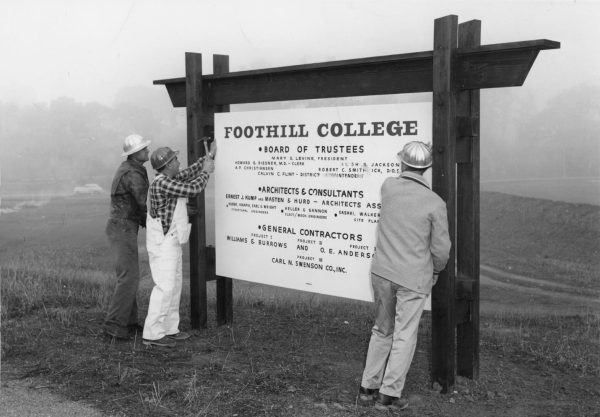How do You Step? Black History Month Closing Event
“How do you step?” was the question Jason Nious, founder of MOLODI, asked an unwitting student as he walked into the Foothill cafeteria on Wednesday February 28th. Unsure of what to do, the student slowly shuffled away — demonstrating to everyone in the room how he stepped. Nious and MOLODI performers Antwan Davis, Danielle Hicks, and Jay R Beatbox then showed everyone in the room how they stepped, with a lively opening dance performance full of rhythmic footwork and body percussion. The routine was accompanied by an epic beatboxing performance by Beatbox which was met with tumultuous applause from the audience.
MOLODI came to Foothill College on February 28th as the closing event for Black History Month. They are a dance group based in Las Vegas who emphasize step dancing, or stepping, in all of their routines. In step dancing, the body is used as an instrument to create a rhythm using footwork, clapping, and vocalization. Nious explained the origin of this form of dance in America. It began with circle songs among college students in 1906, when the African-American fraternity Alpha Phi Alpha was founded at Cornell university. Over time, additional elements were added to these songs, such as stepping.
MOLODI also performed a gumboot dancing routine. Gumboot dancing is a style of dance similar to stepping that was introduced in South Africa by black diamond miners. The miners wore wellington boots, which they referred to as gumboots, to protect their feet from the chemicals in the mine water. But that wasn’t their only use — gumboots were also used to communicate. Because the miners spoke so many different languages, they used stepping to communicate with each other. Over time, gumboot dancing evolved as a way of life for the miners. In America, dancing evolved as a way of life for African-Americans to express their culture.
After their gumboot dance, Beatbox took to the stage and tried to teach the basics of beatboxing to the audience before delivering an impressive display of beatbox mastery. Audience members were then invited up to the stage to try and learn a step dancing routine. This involved memorizing two responses to verbal commands, two short dances, and one of MOLODI’s mantras: Good, better, best, never let it rest, until your good is better and your better is best. MOLODI ended the event with a 10-minute finale that was met with a standing ovation and thunderous applause from the entire audience.
The participants were not only enthusiastic about the dance: they seemed eager to learn and participate in it as well. An attendee named Naru, a computer science major at Foothill, said that step dancing seemed “unique, cool, and [like] something that would be a good skill for me to learn.”
In an interview after the event, Nious revealed that he came up with the name MOLODI in high school — the name translates from Russian into “youth” and sounds like the english word melody. He created the group while in college in 2000, and revitalized it with former members in 2007.
“We don’t need no music. That’s basically the thing — you know we don’t need instruments, music, anything. Everything that we have is inherently creative – the sounds, music and melodies in our own human selves — is the draw that I love. Once you start a beat, people gather,” said Nious.
“Once you have confidence in yourself, it doesn’t matter what the challenge is before you… as long as you have your own self confidence, you know who you are, you can take on any challenge.”

